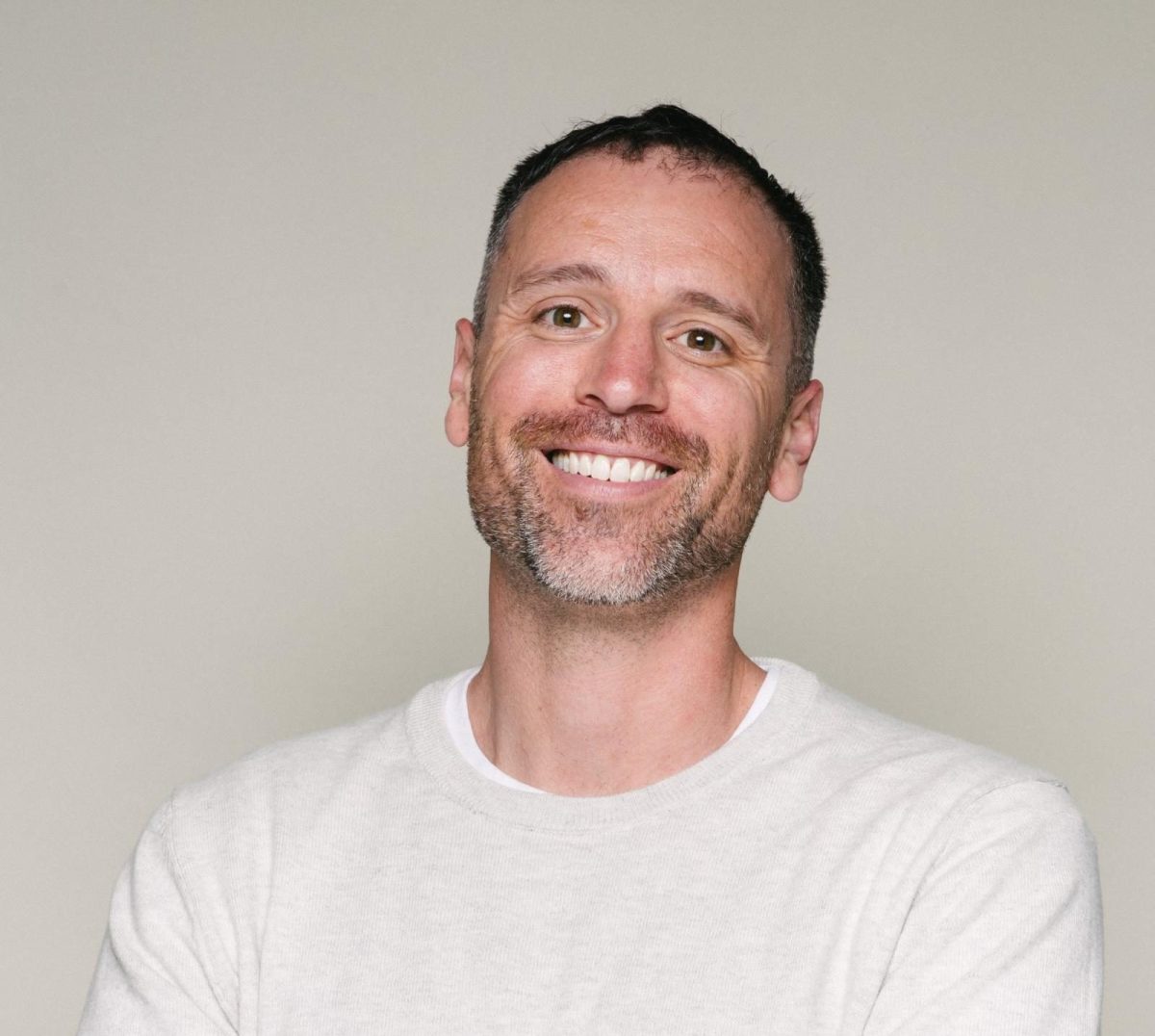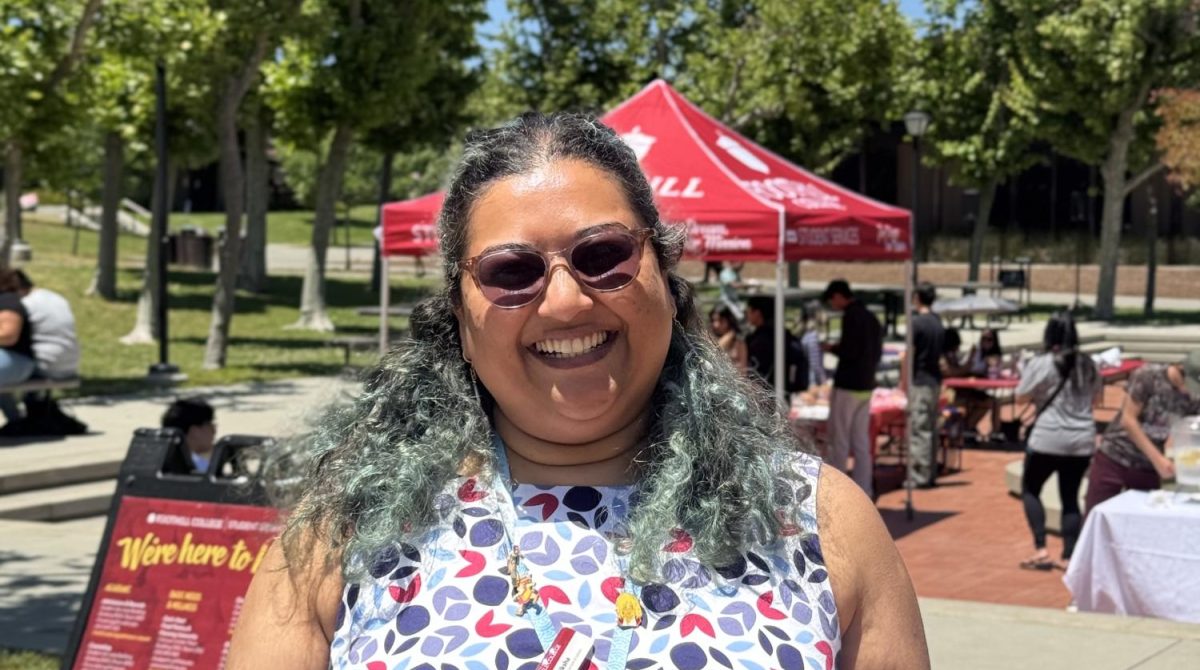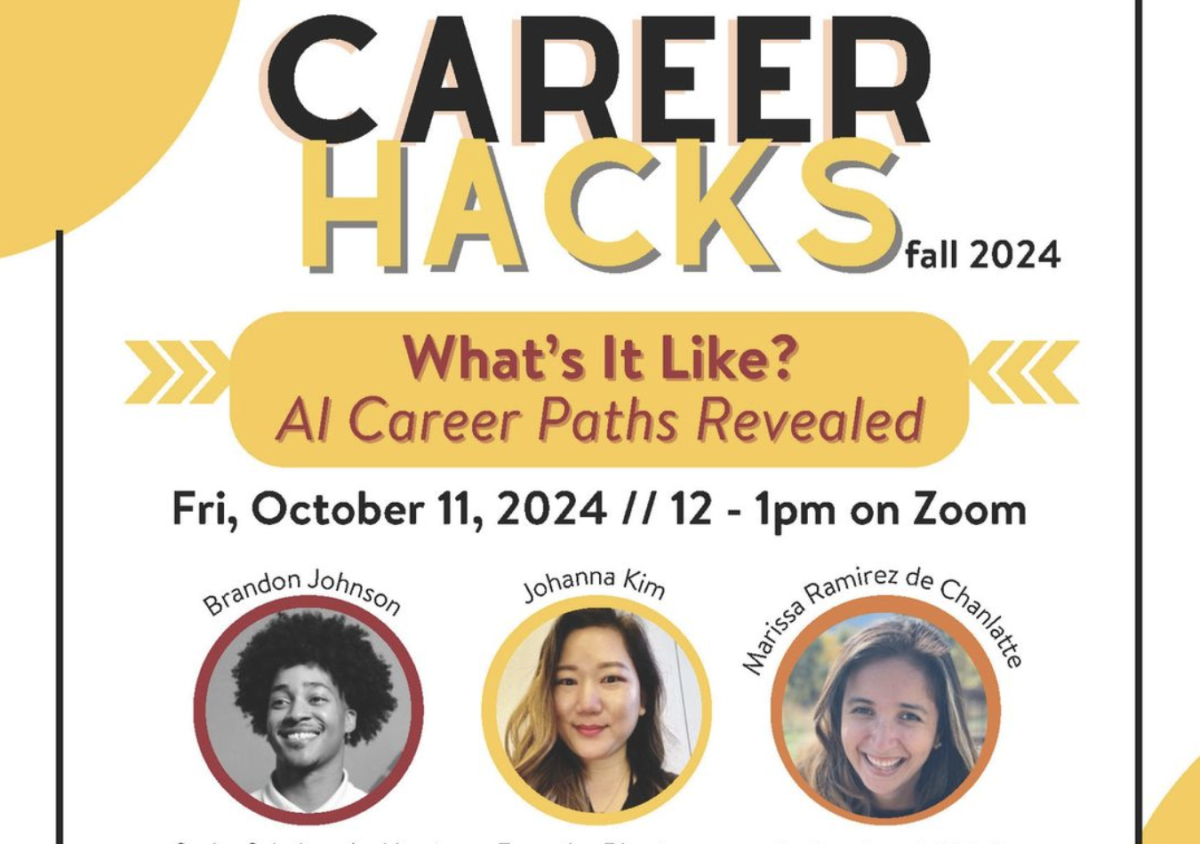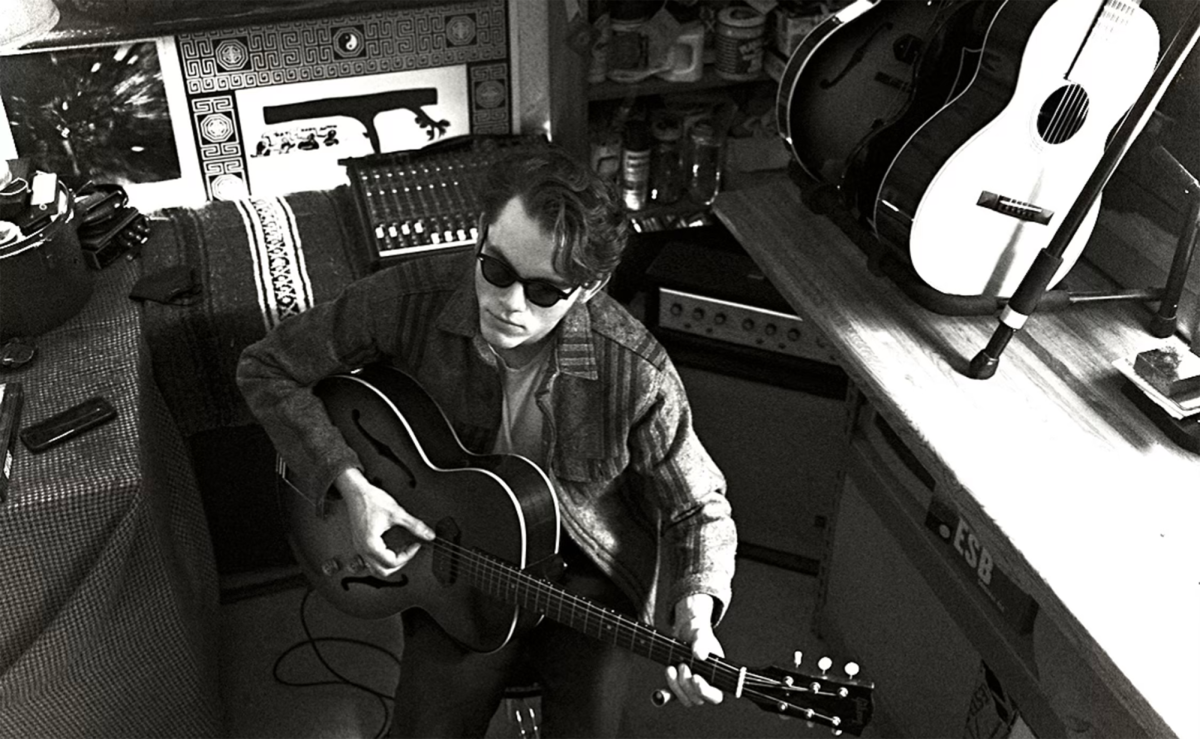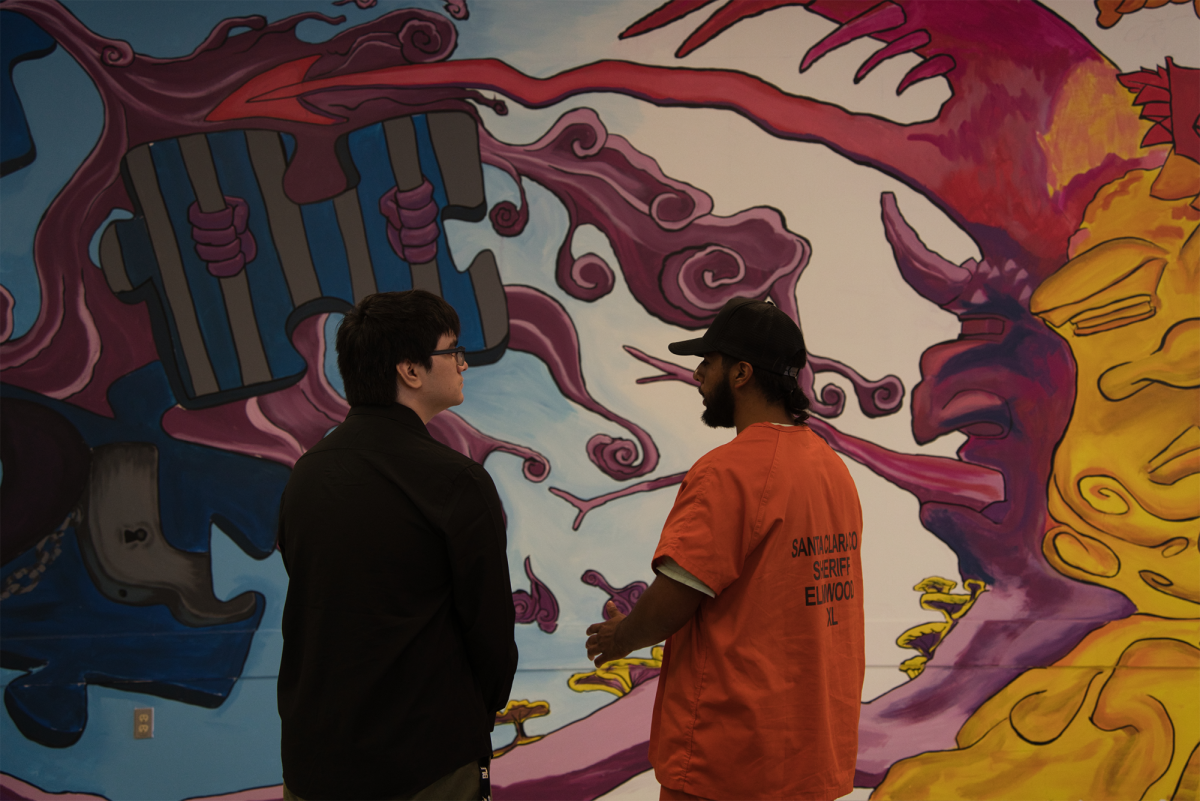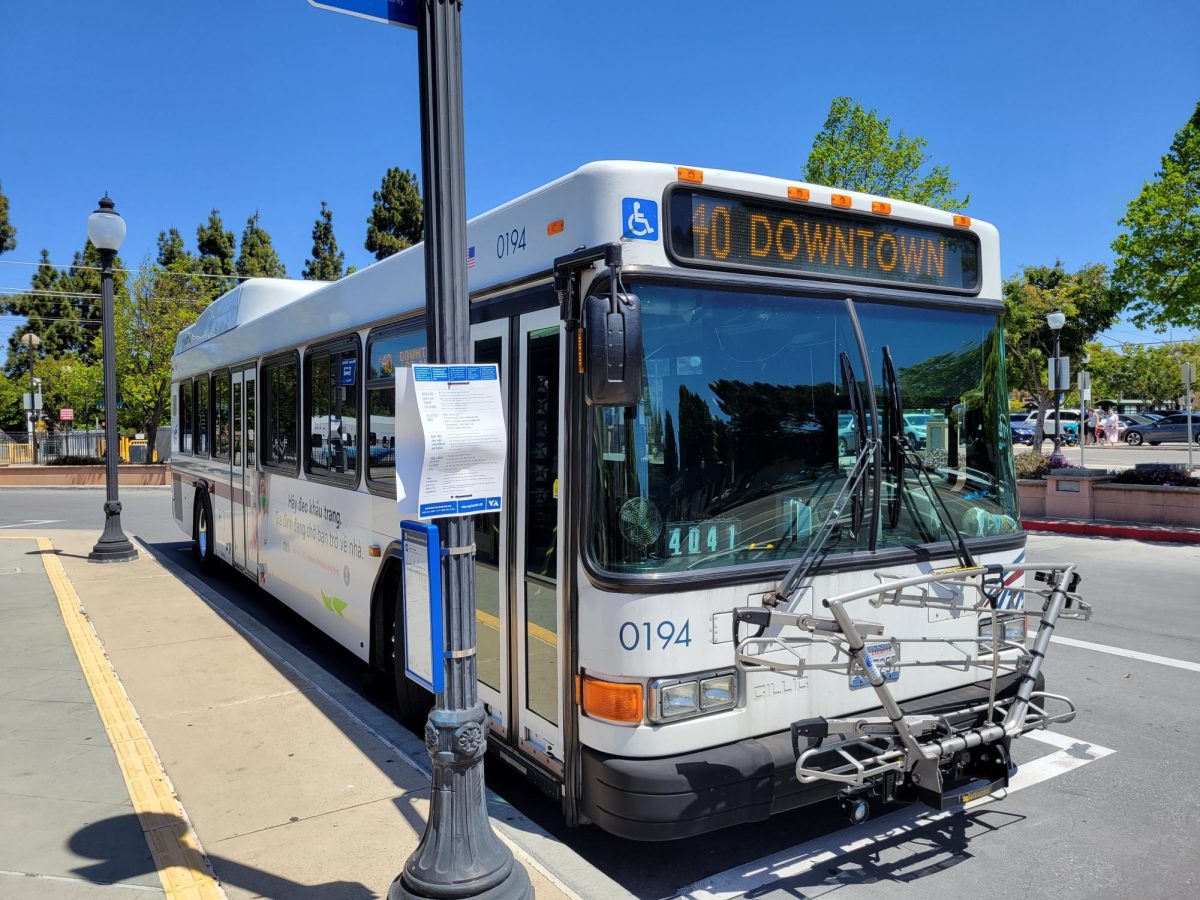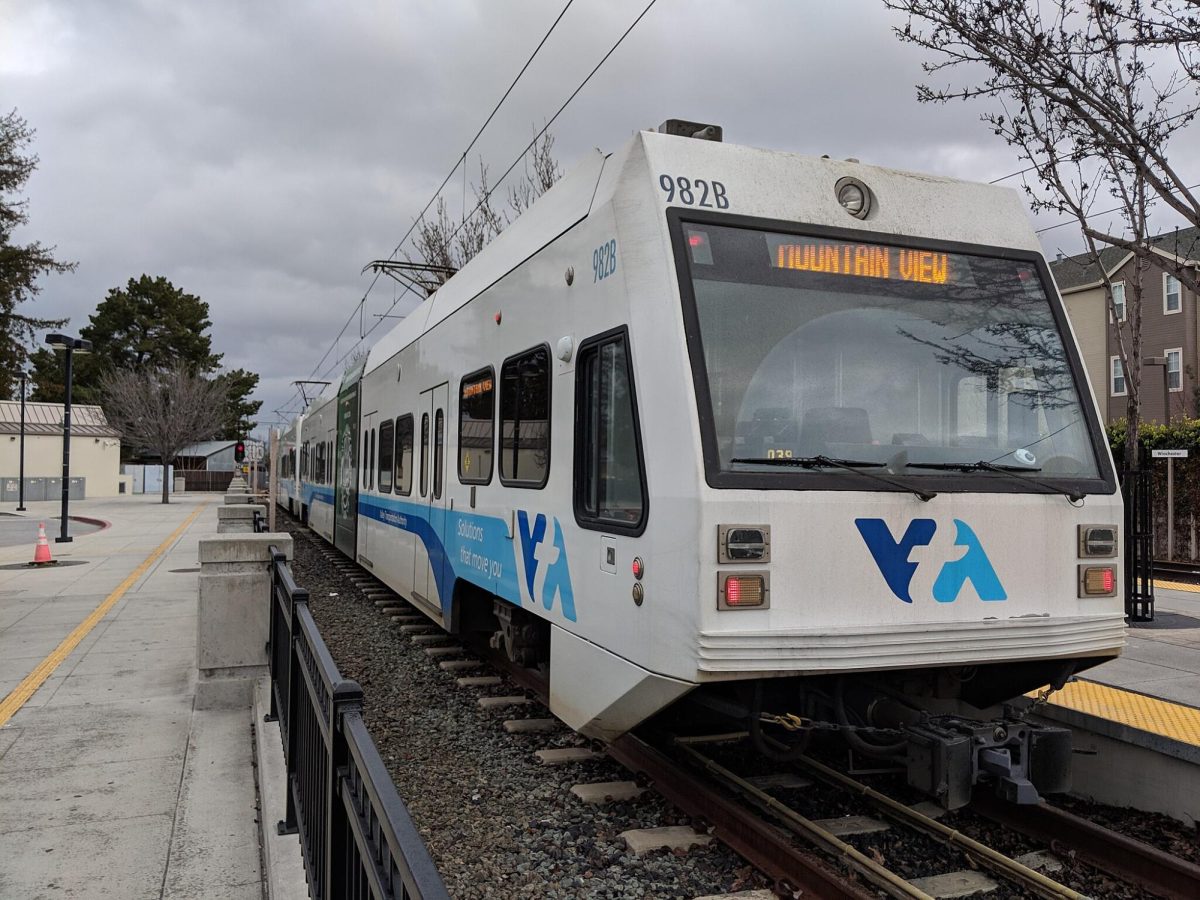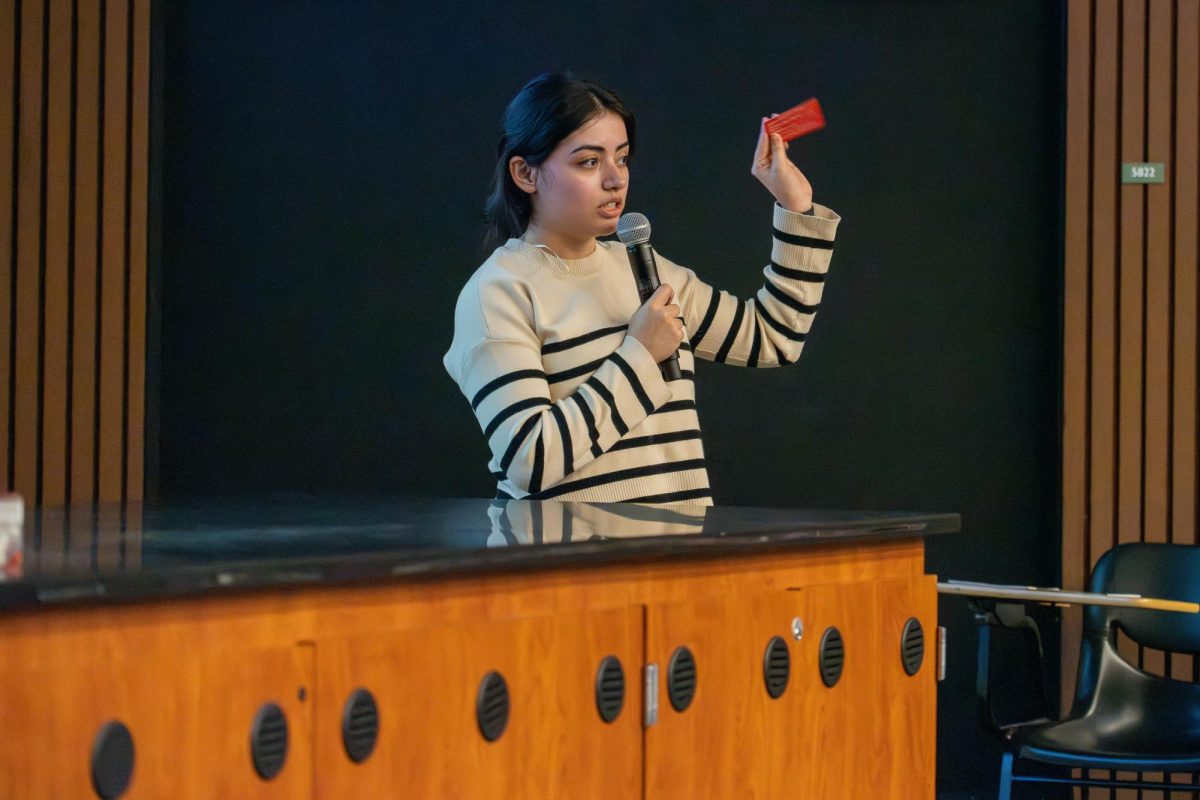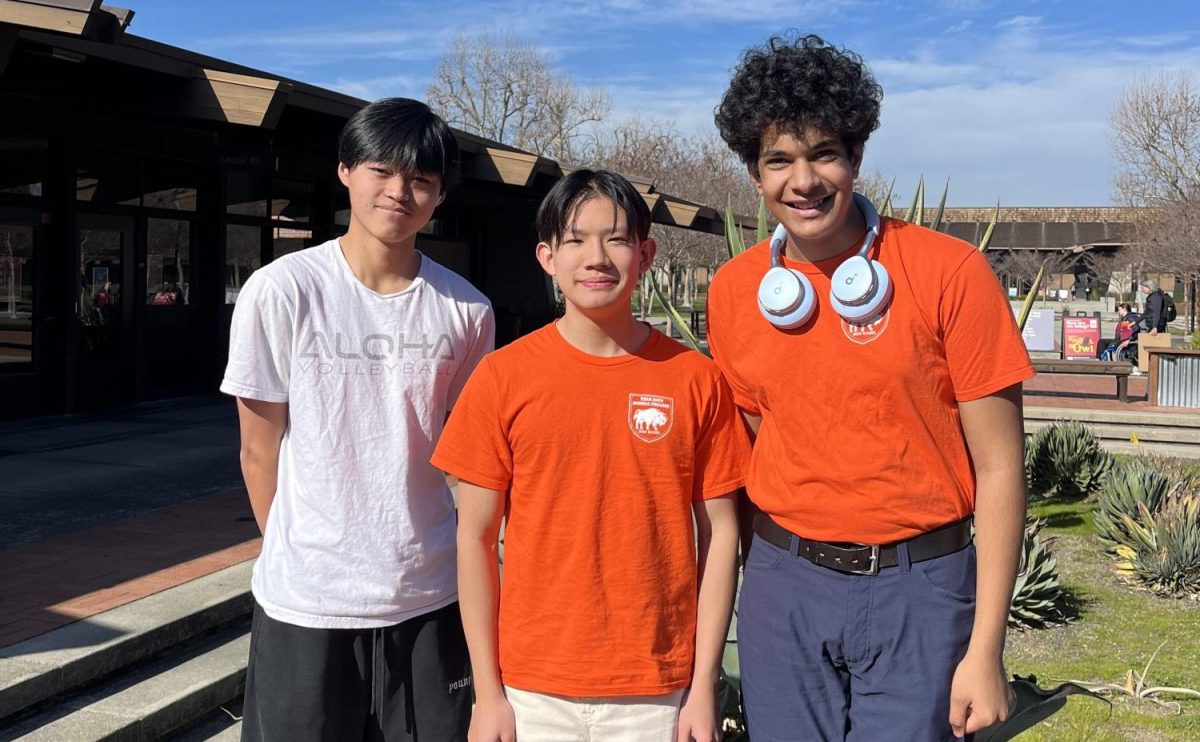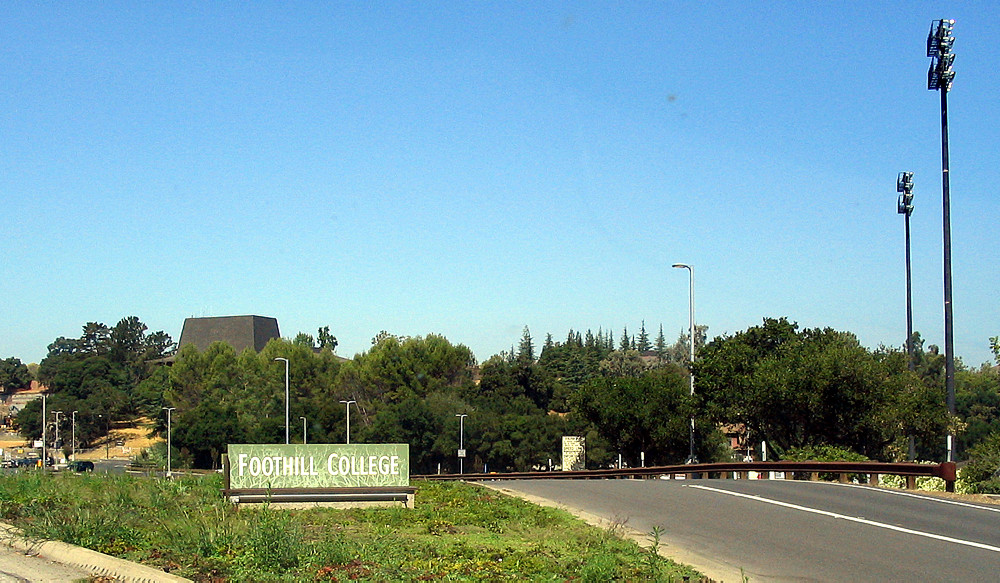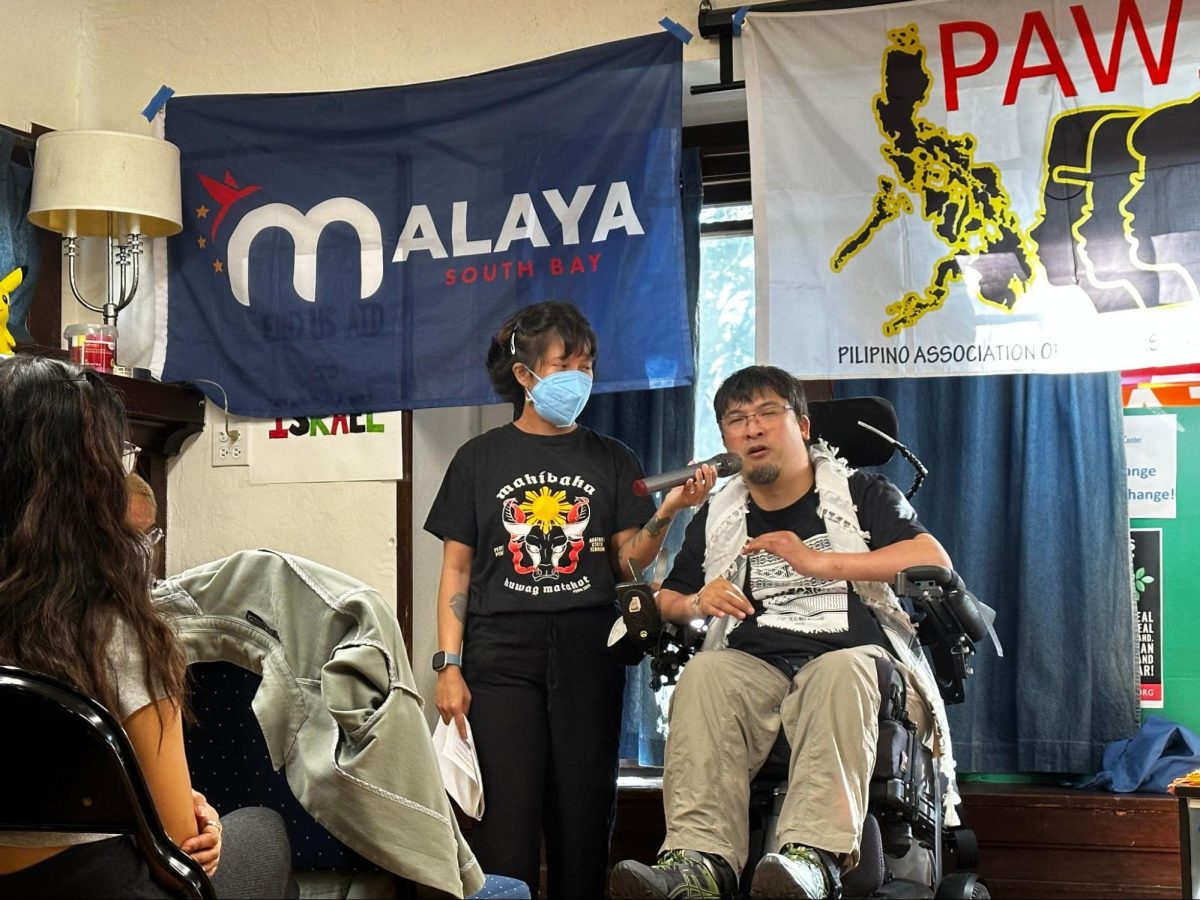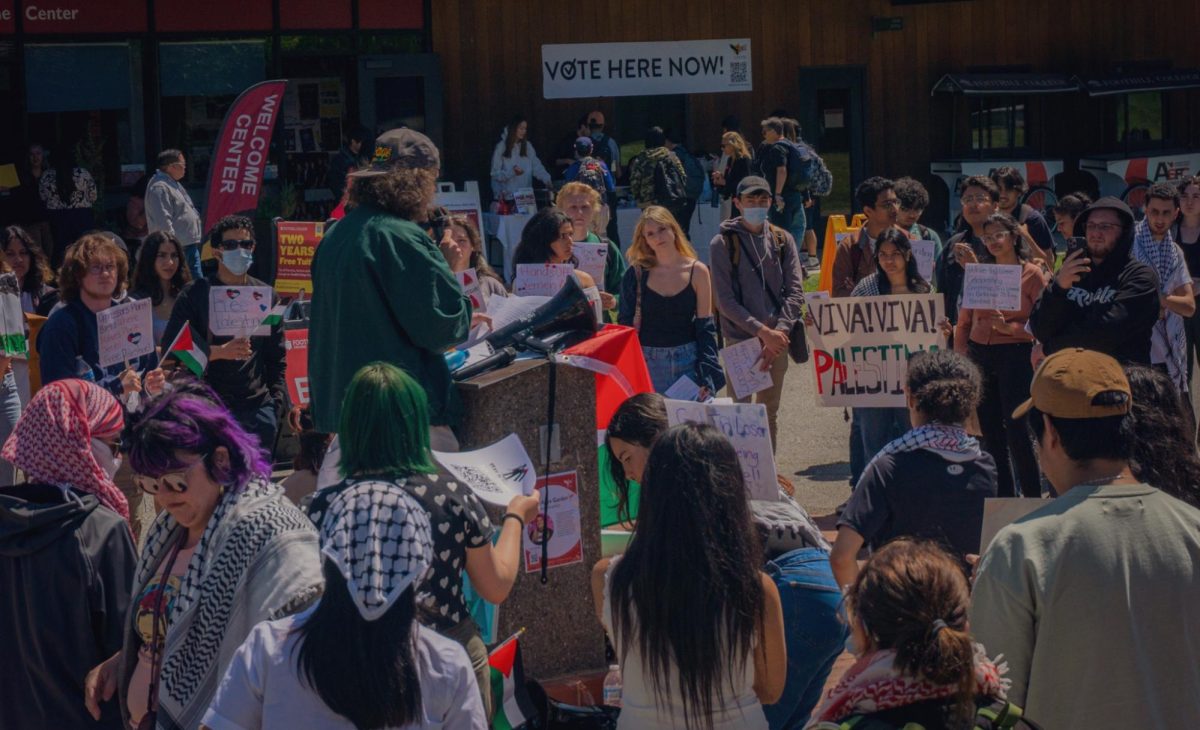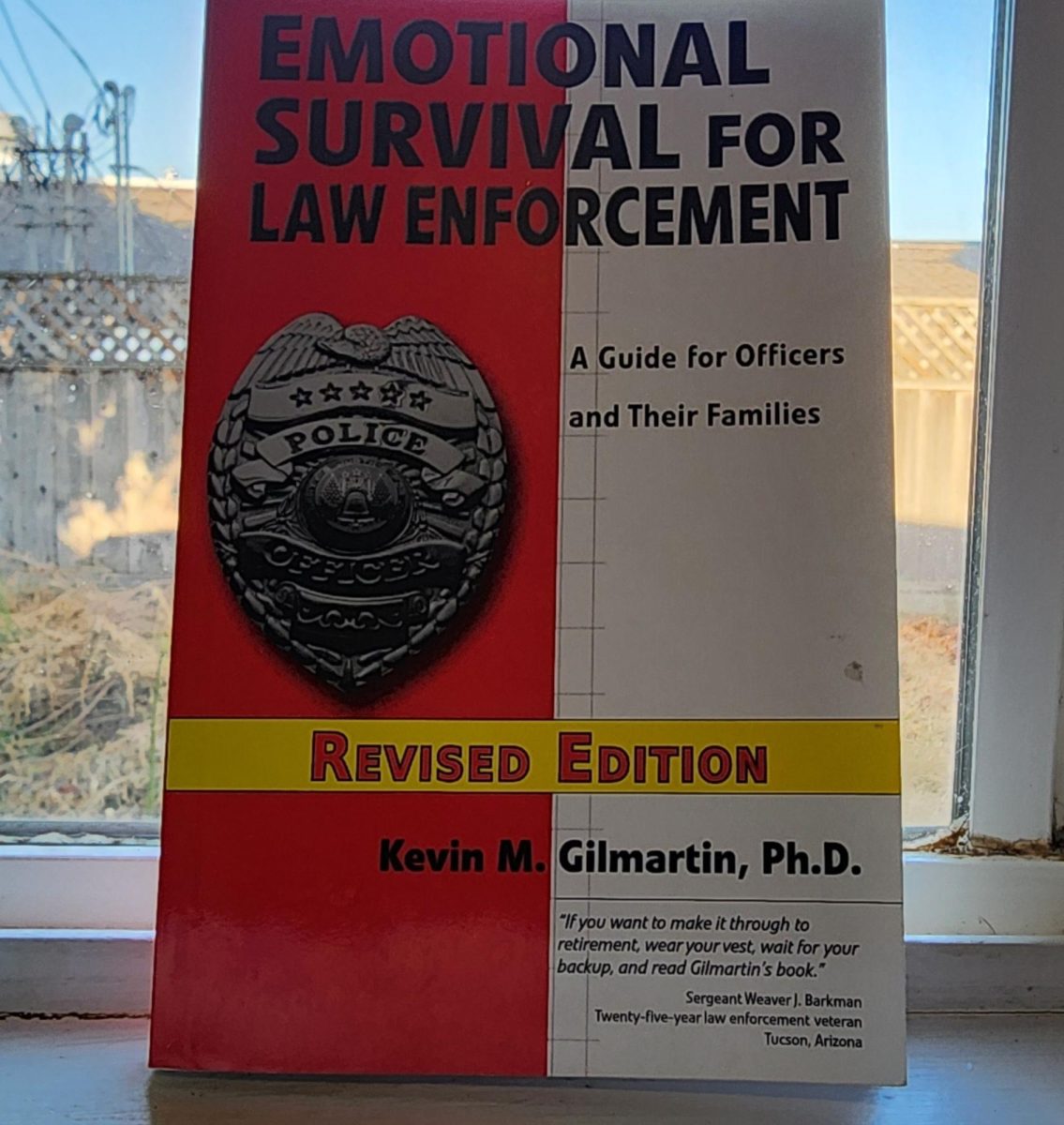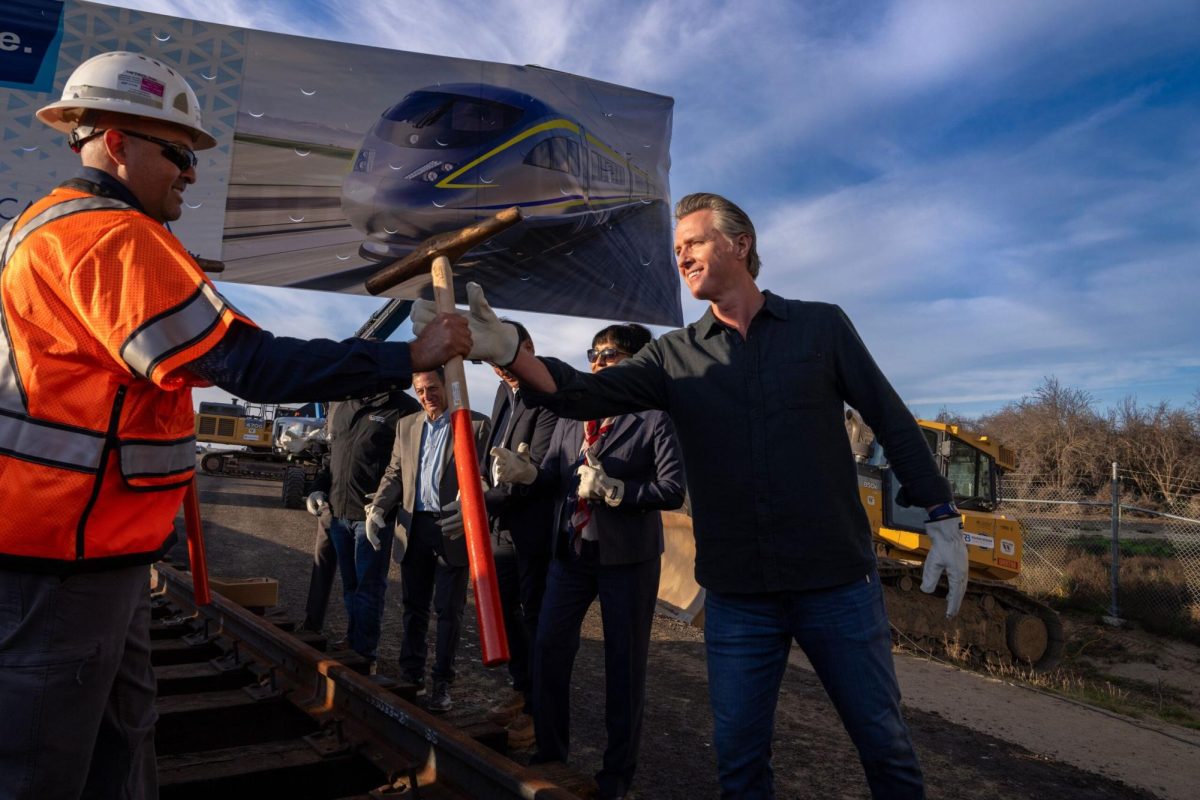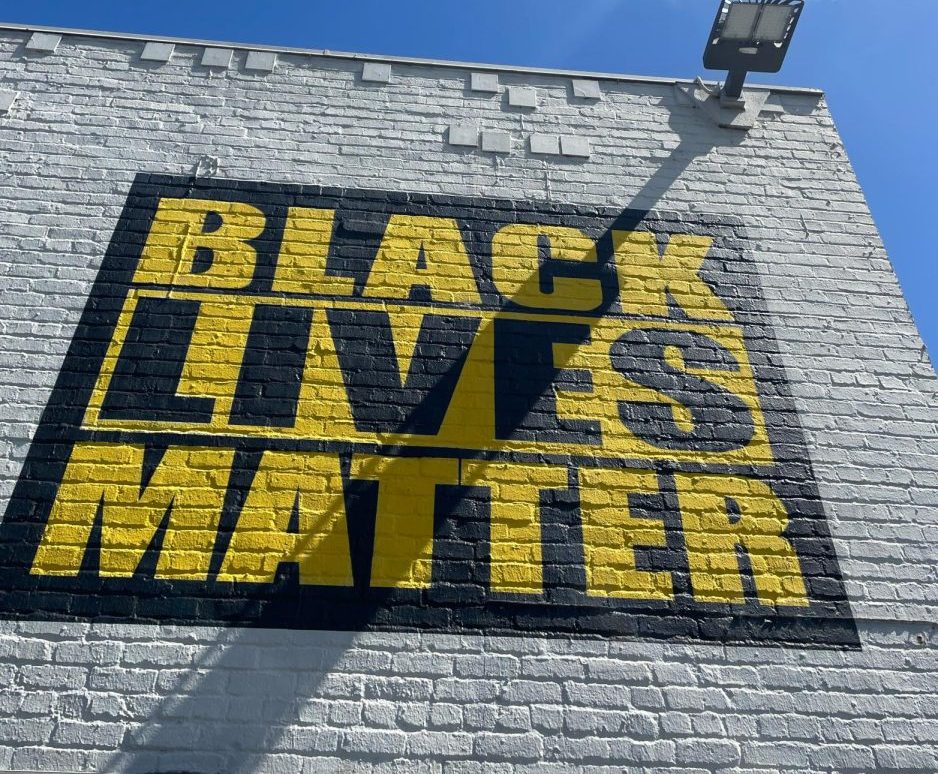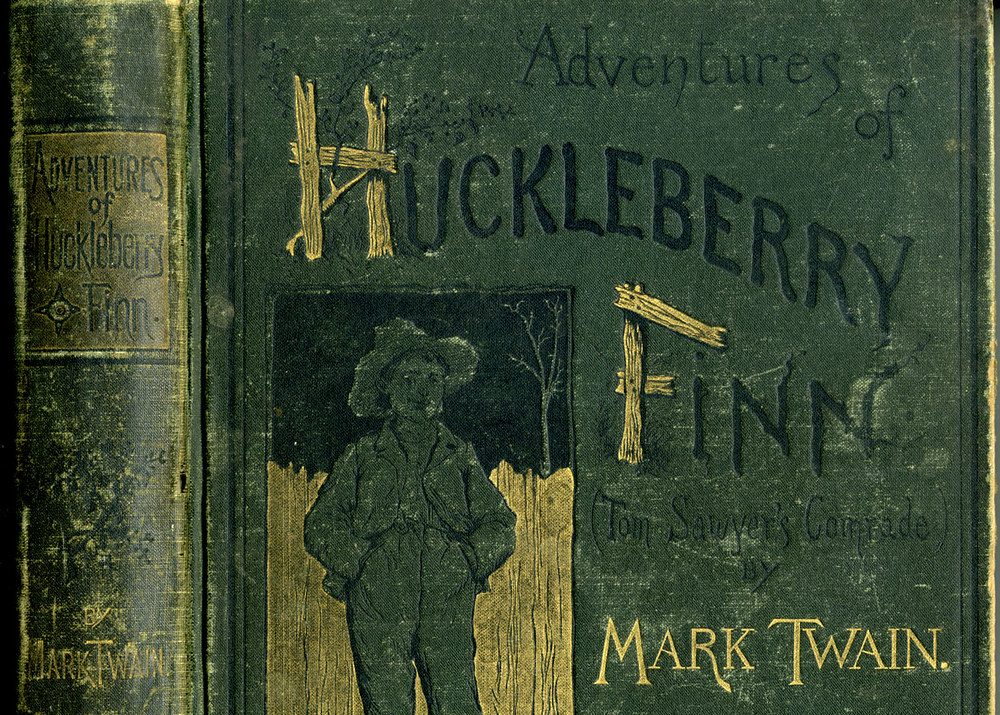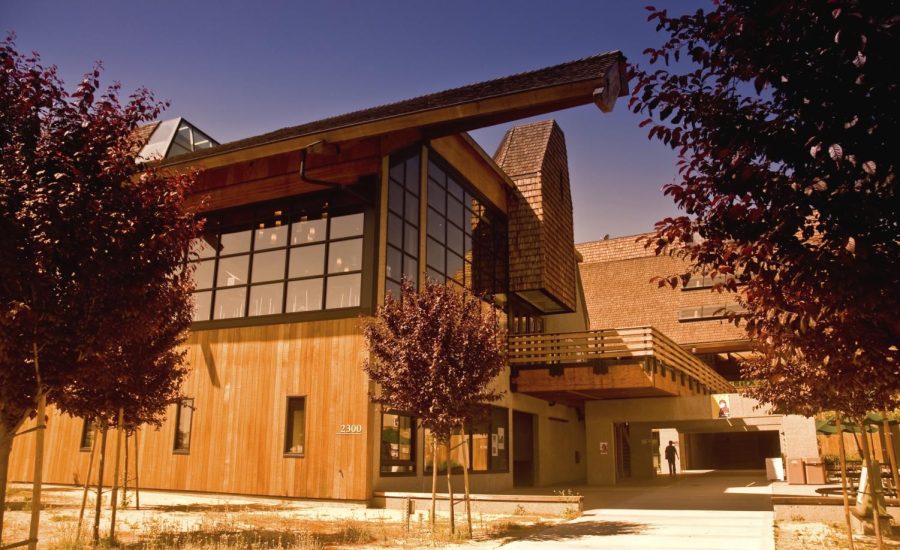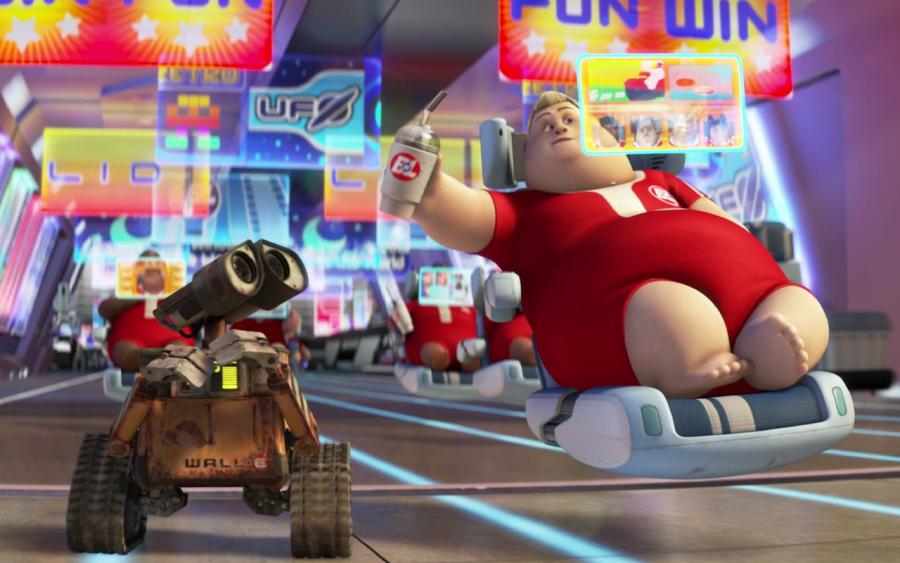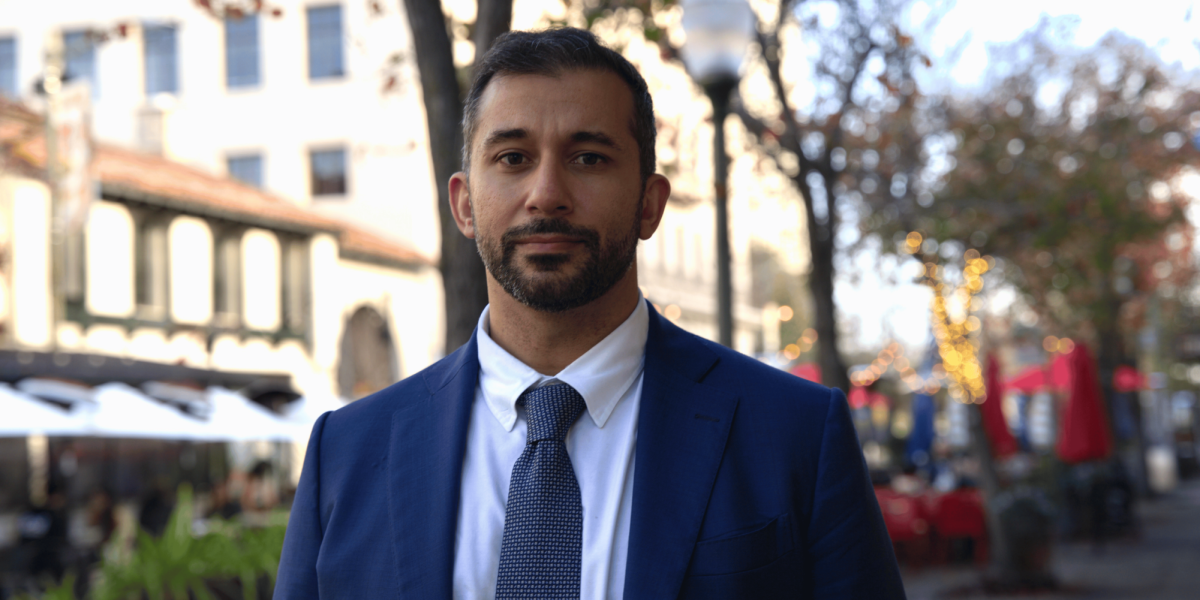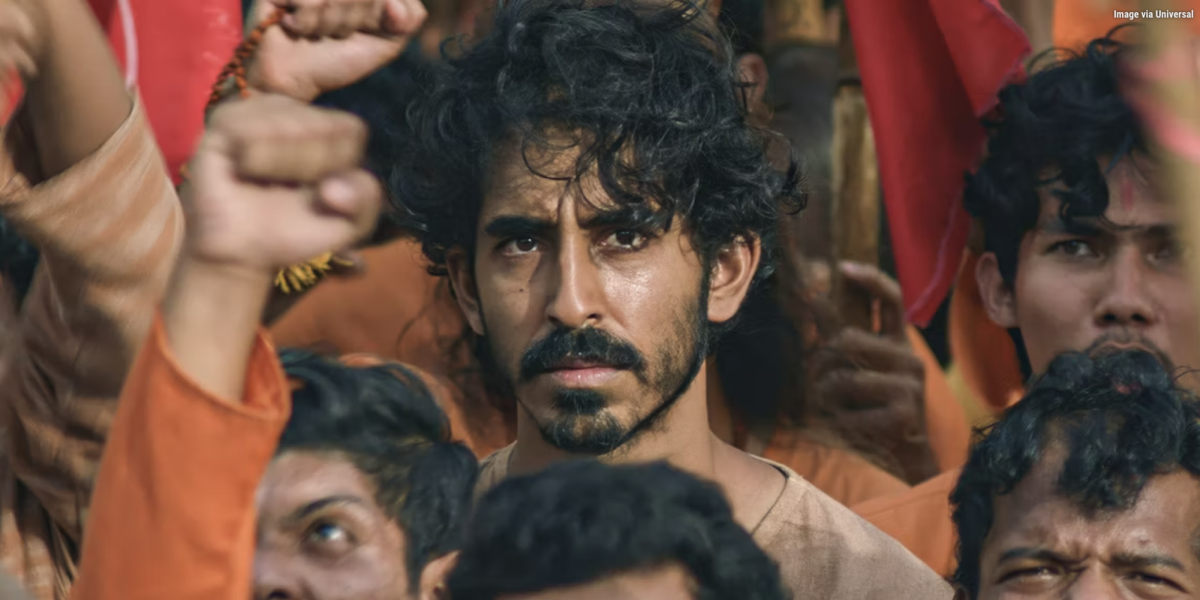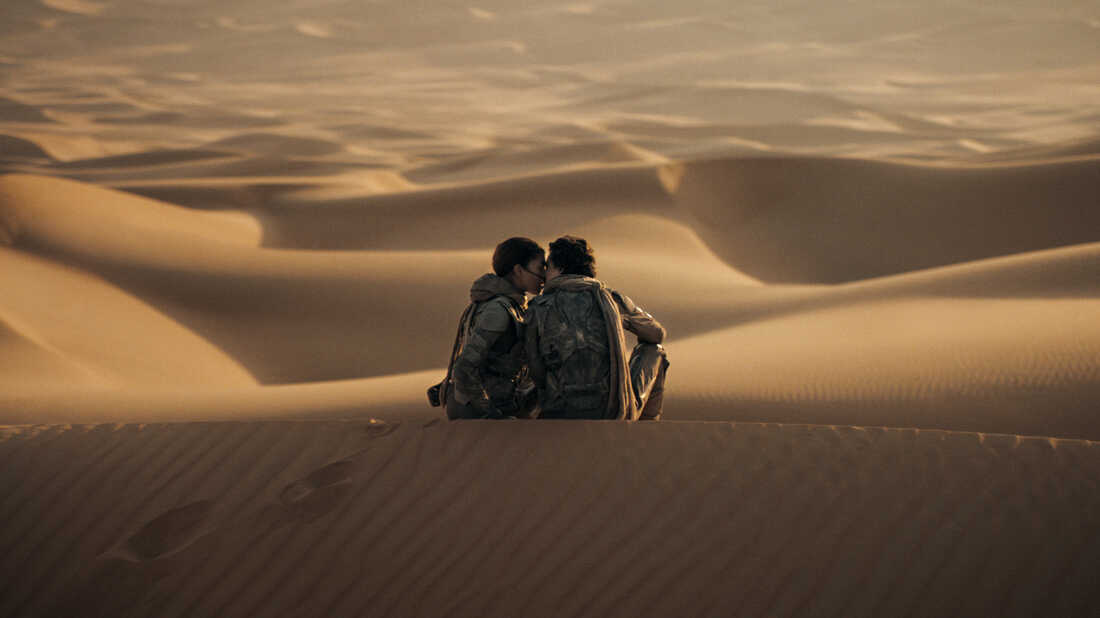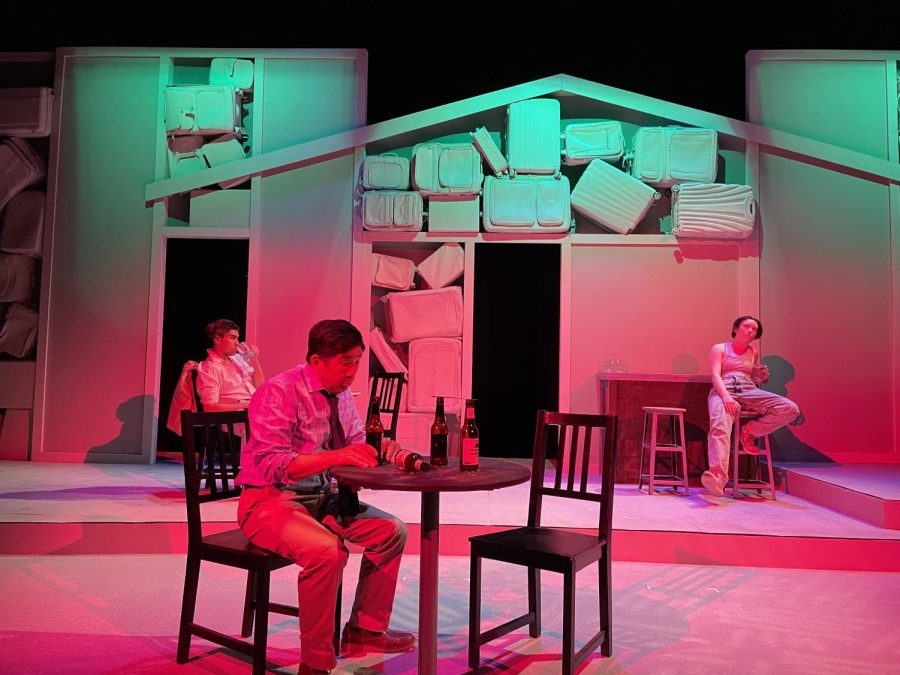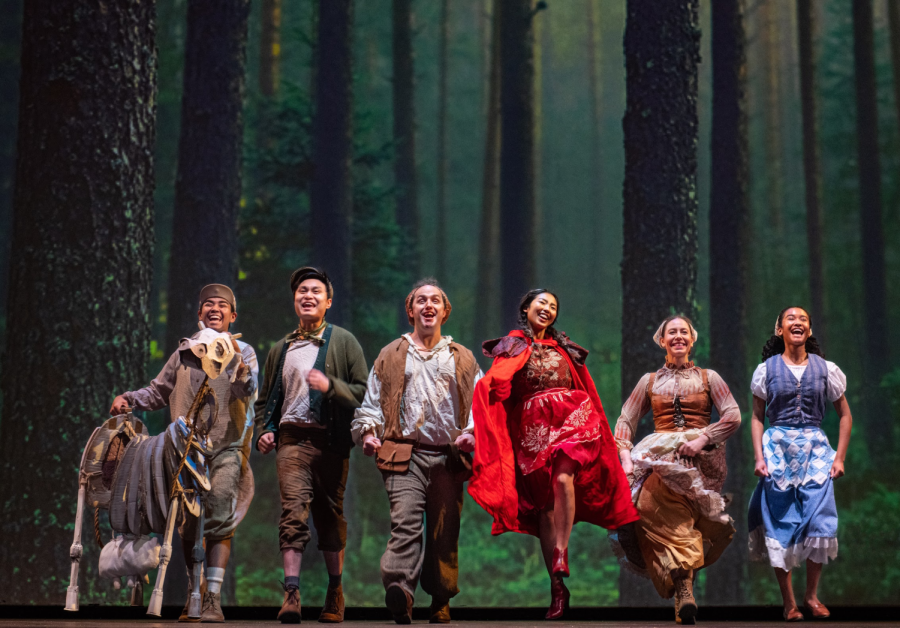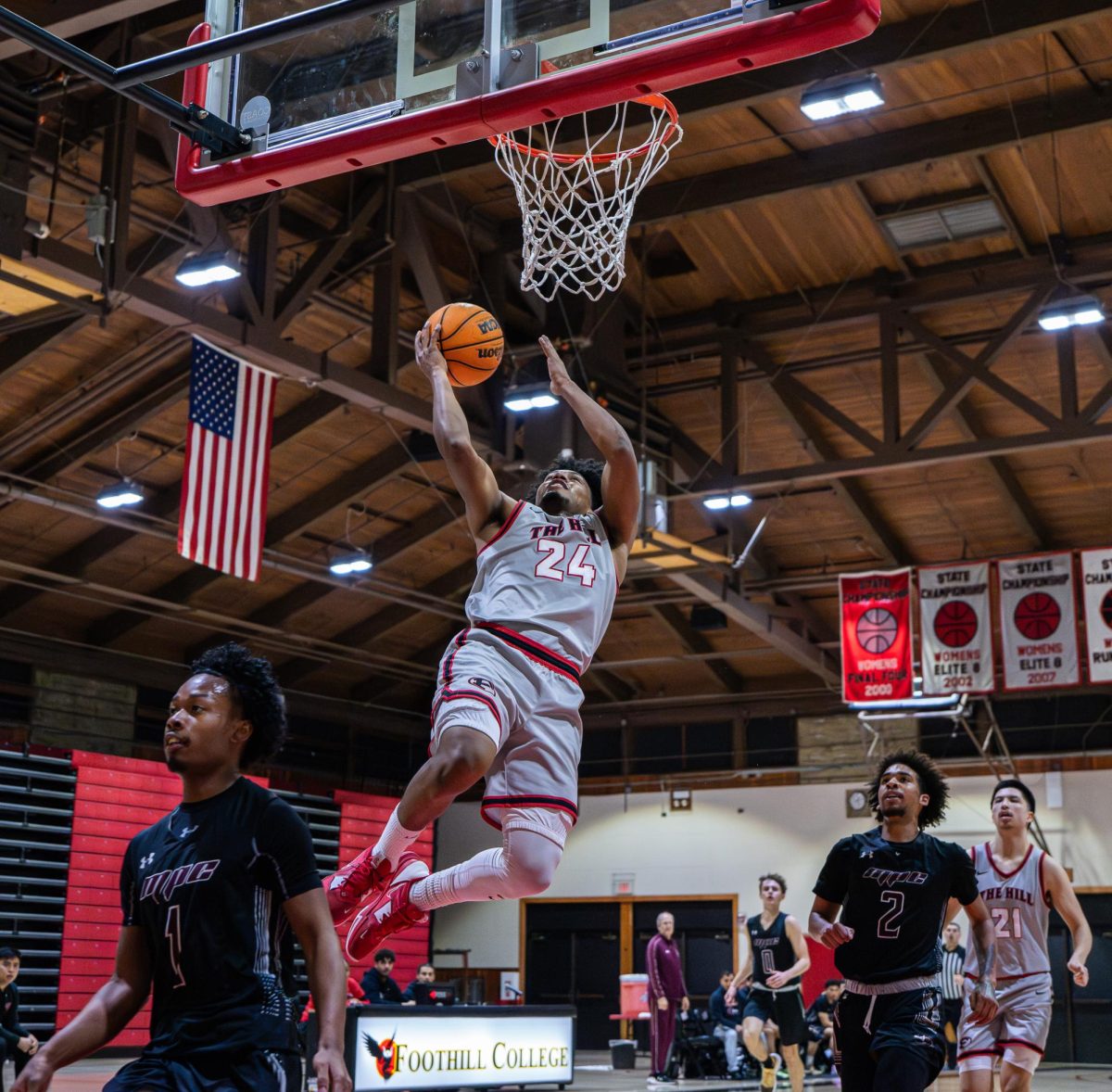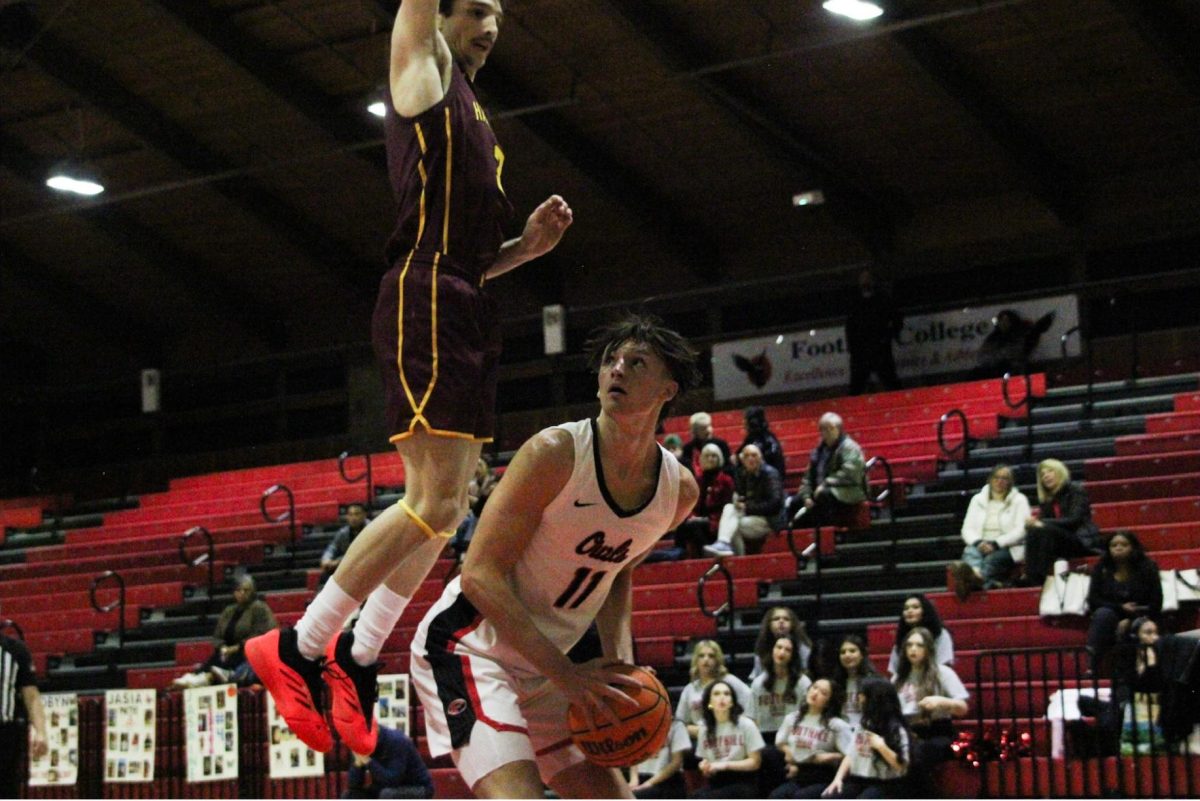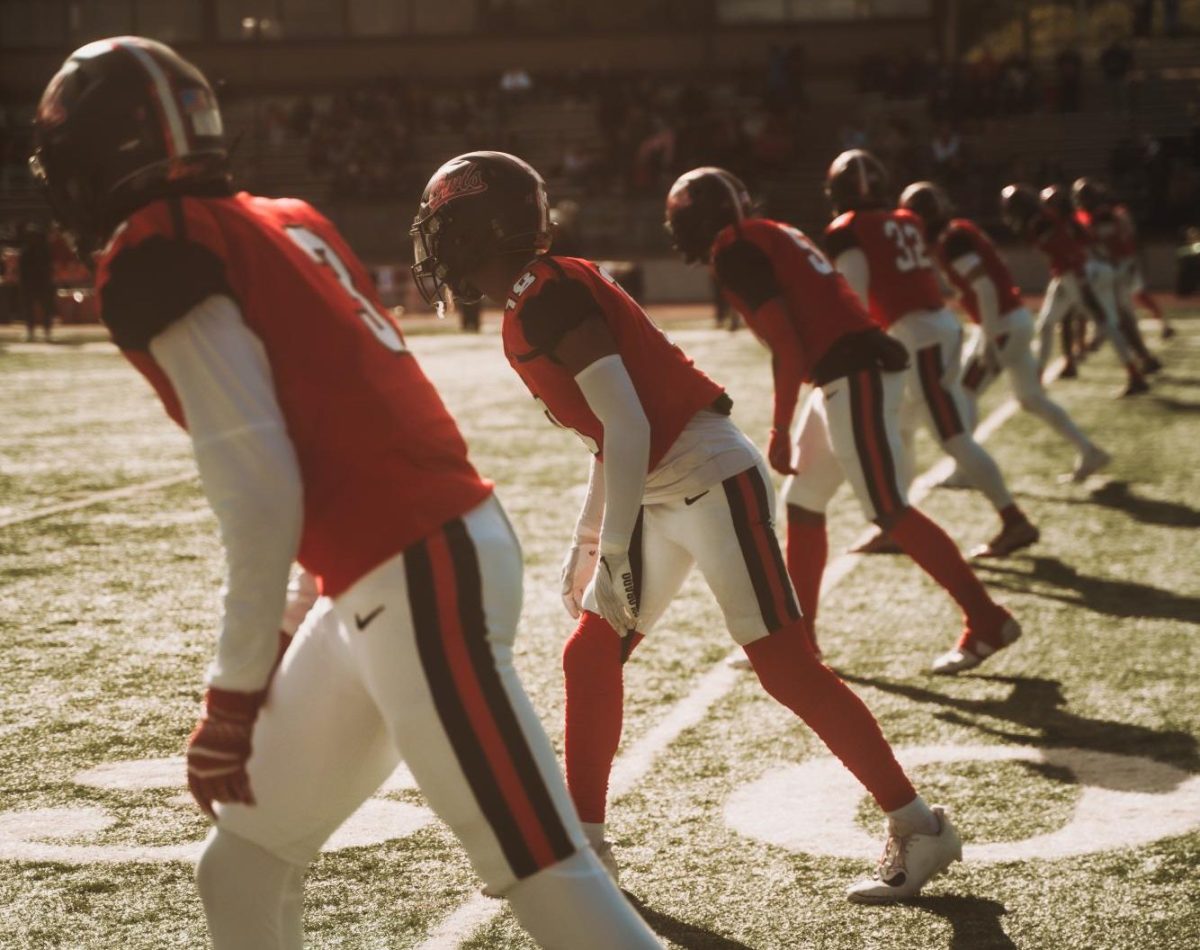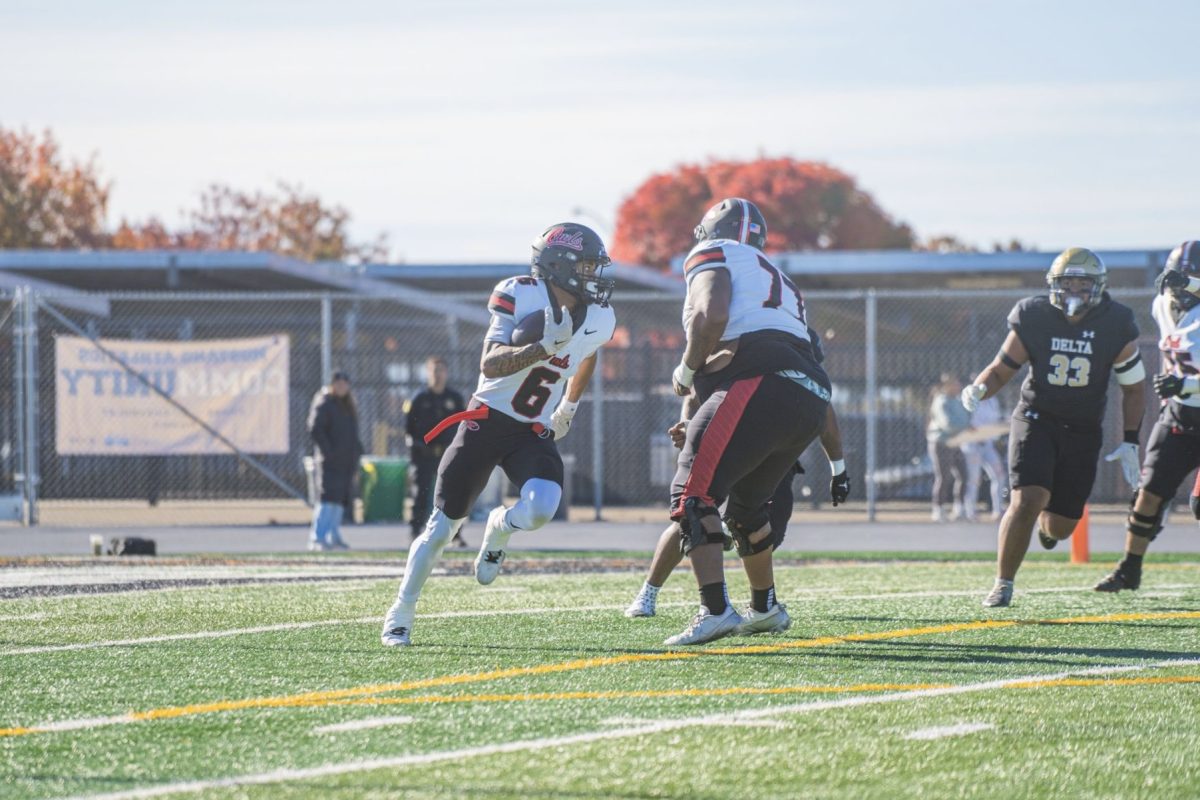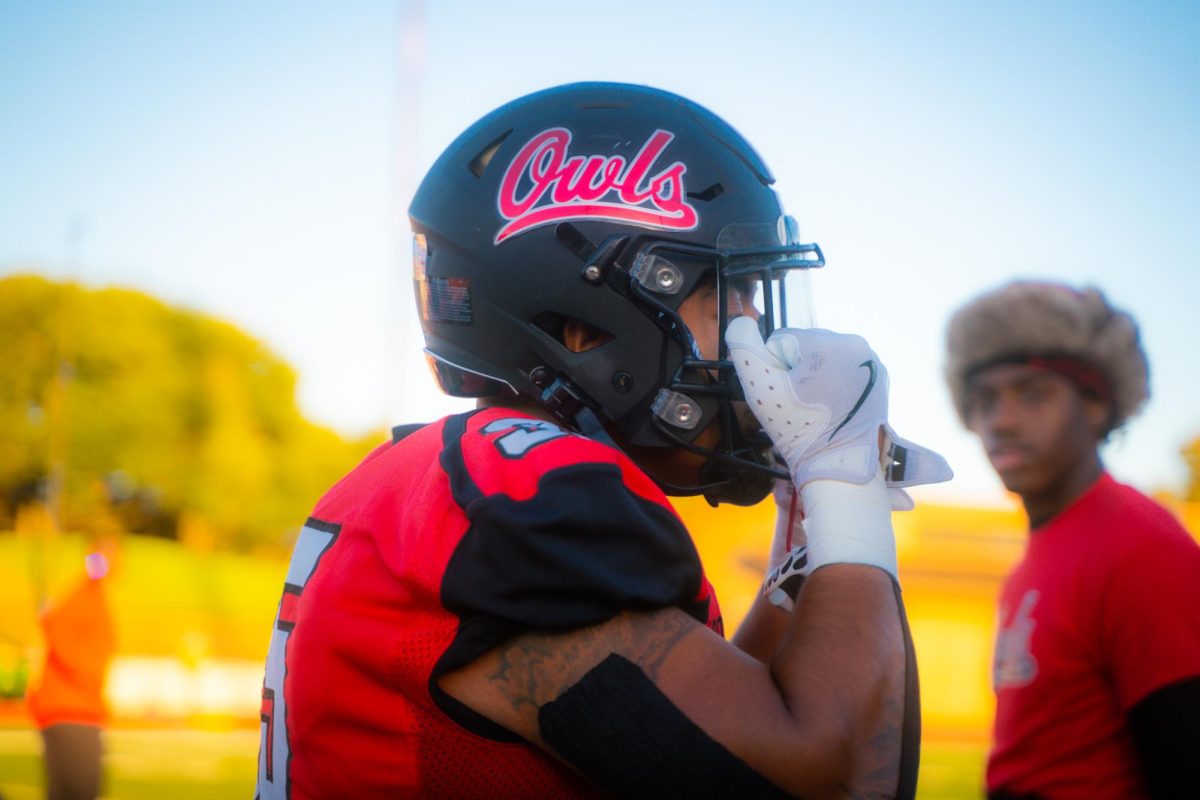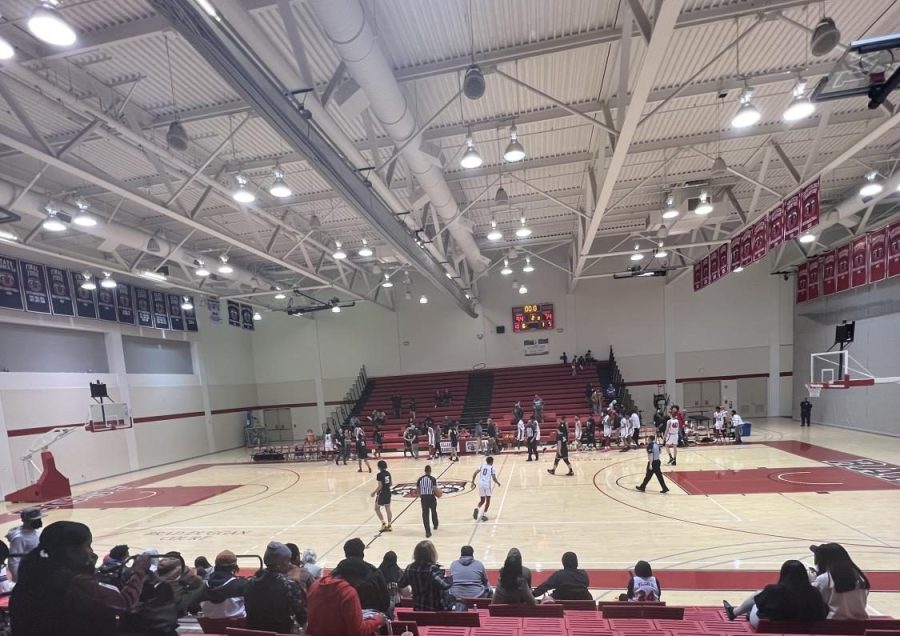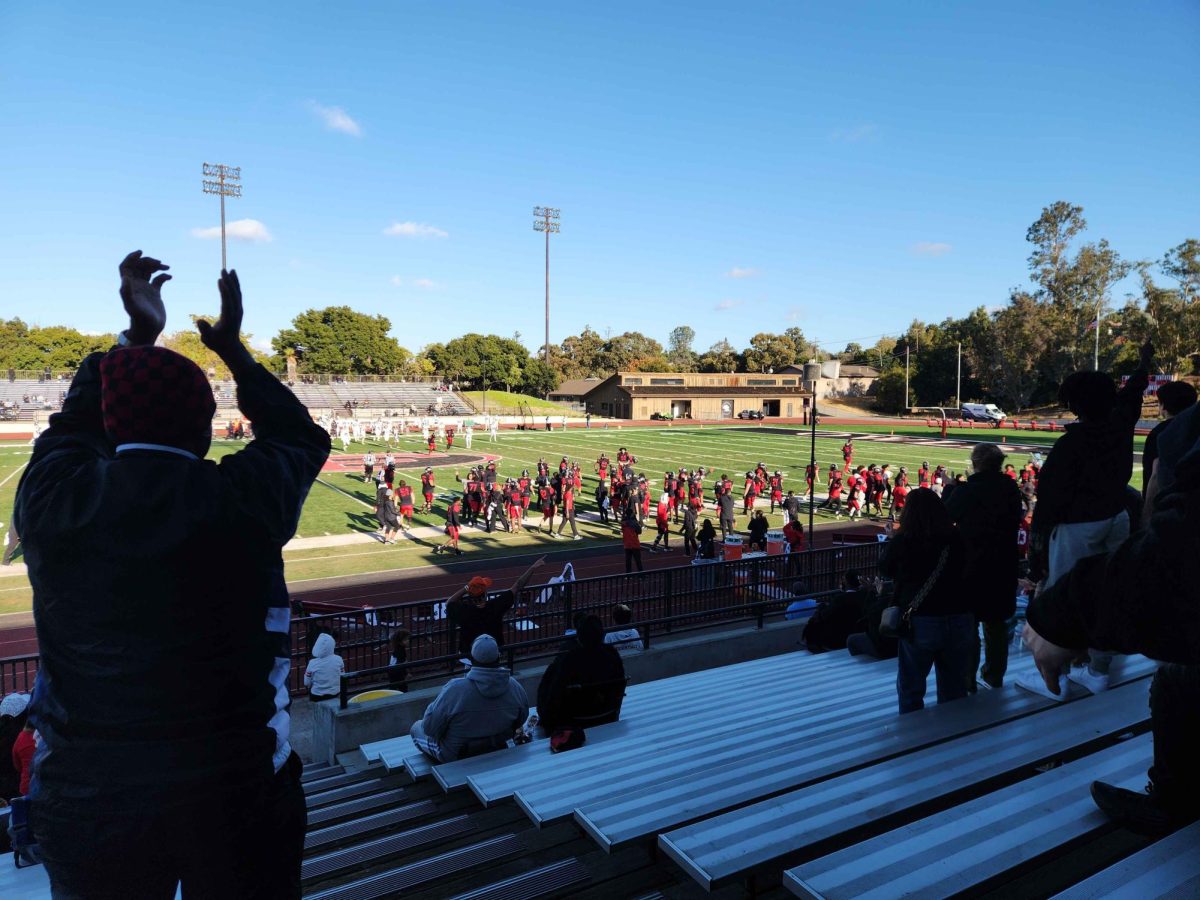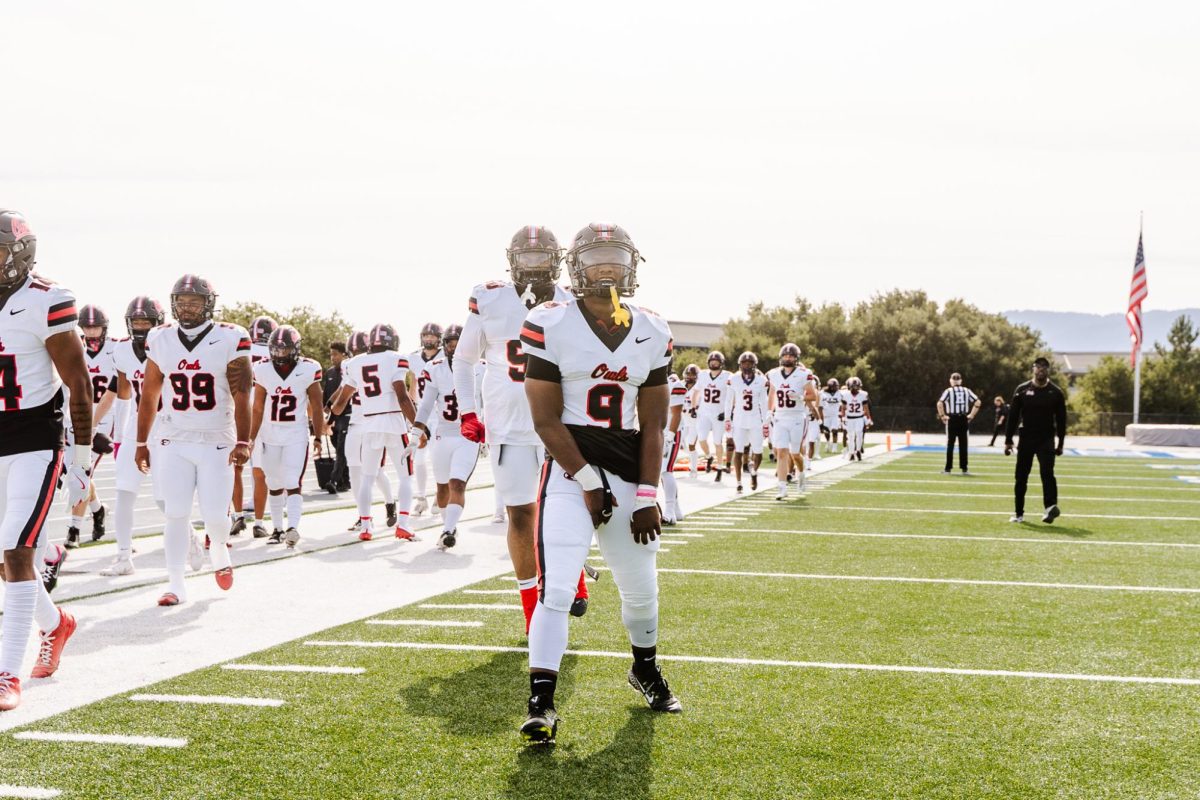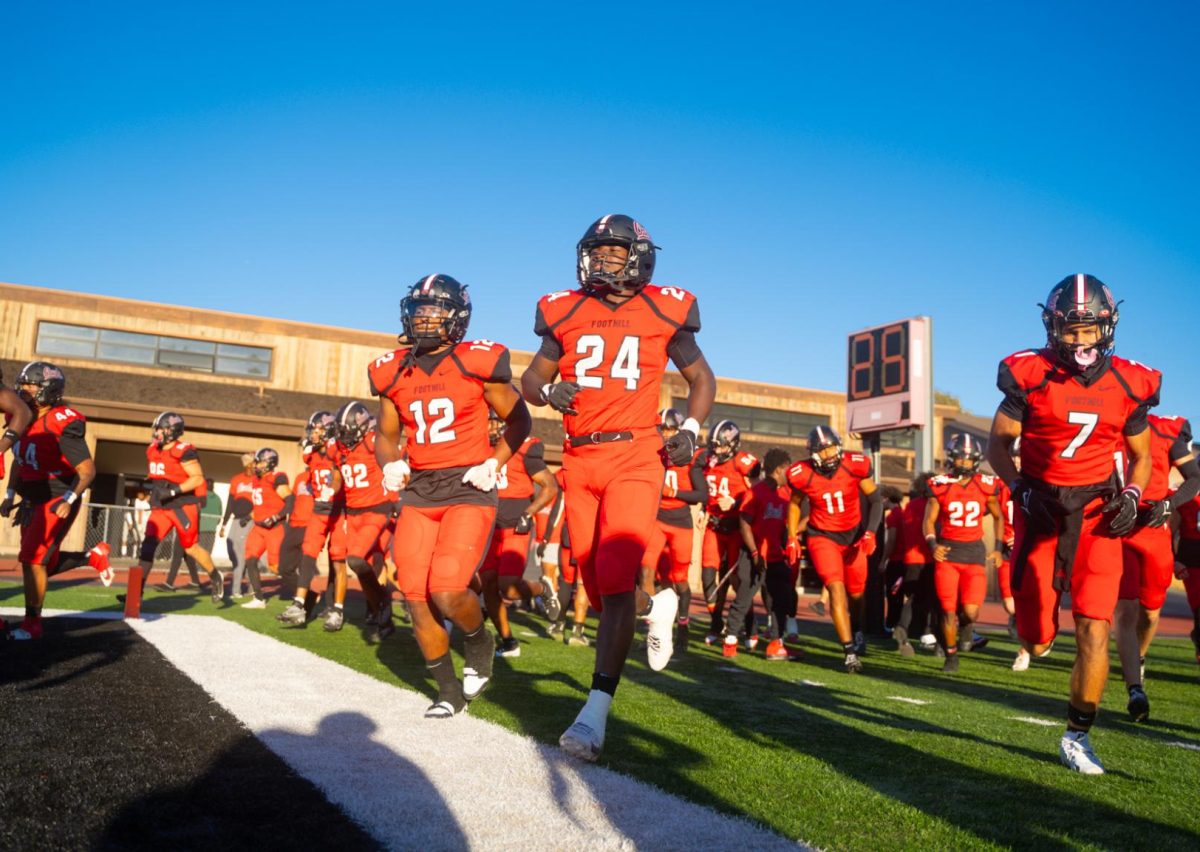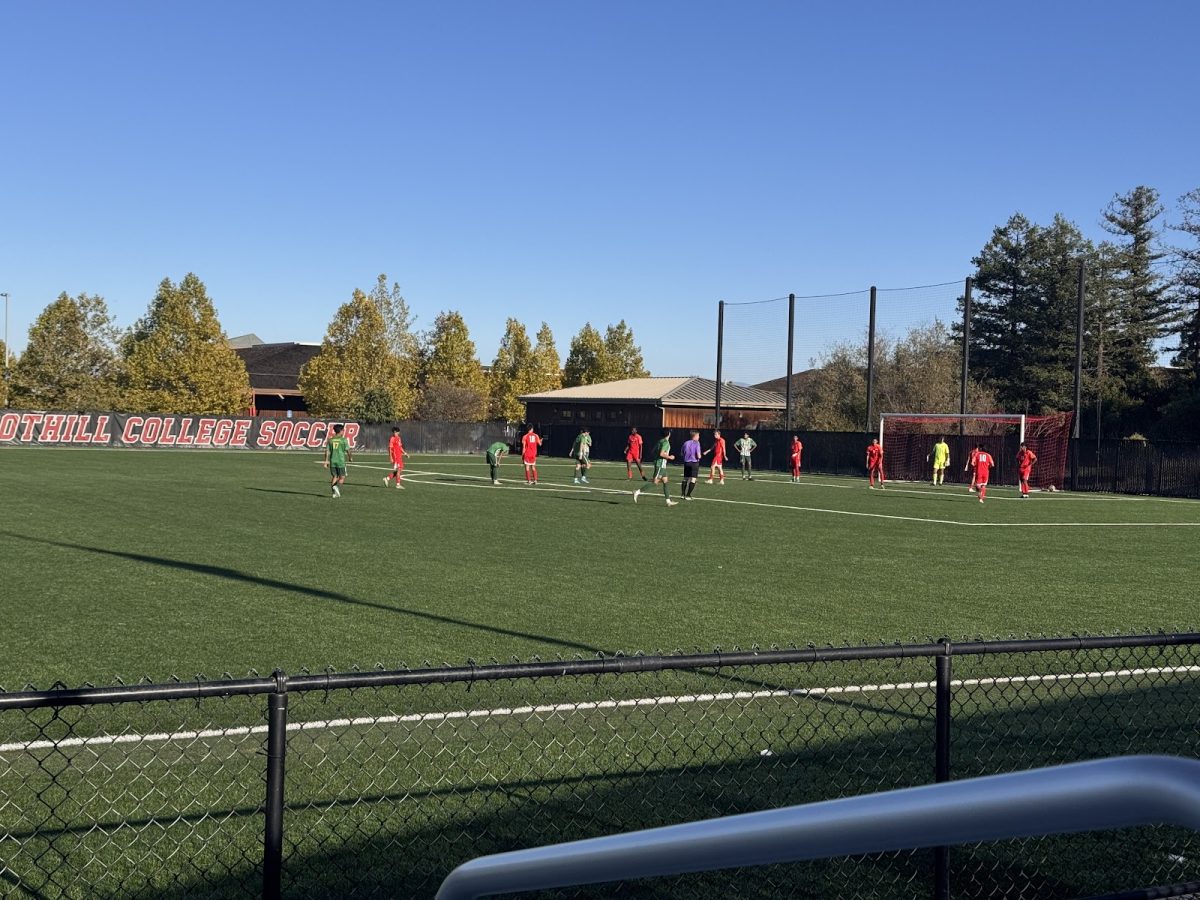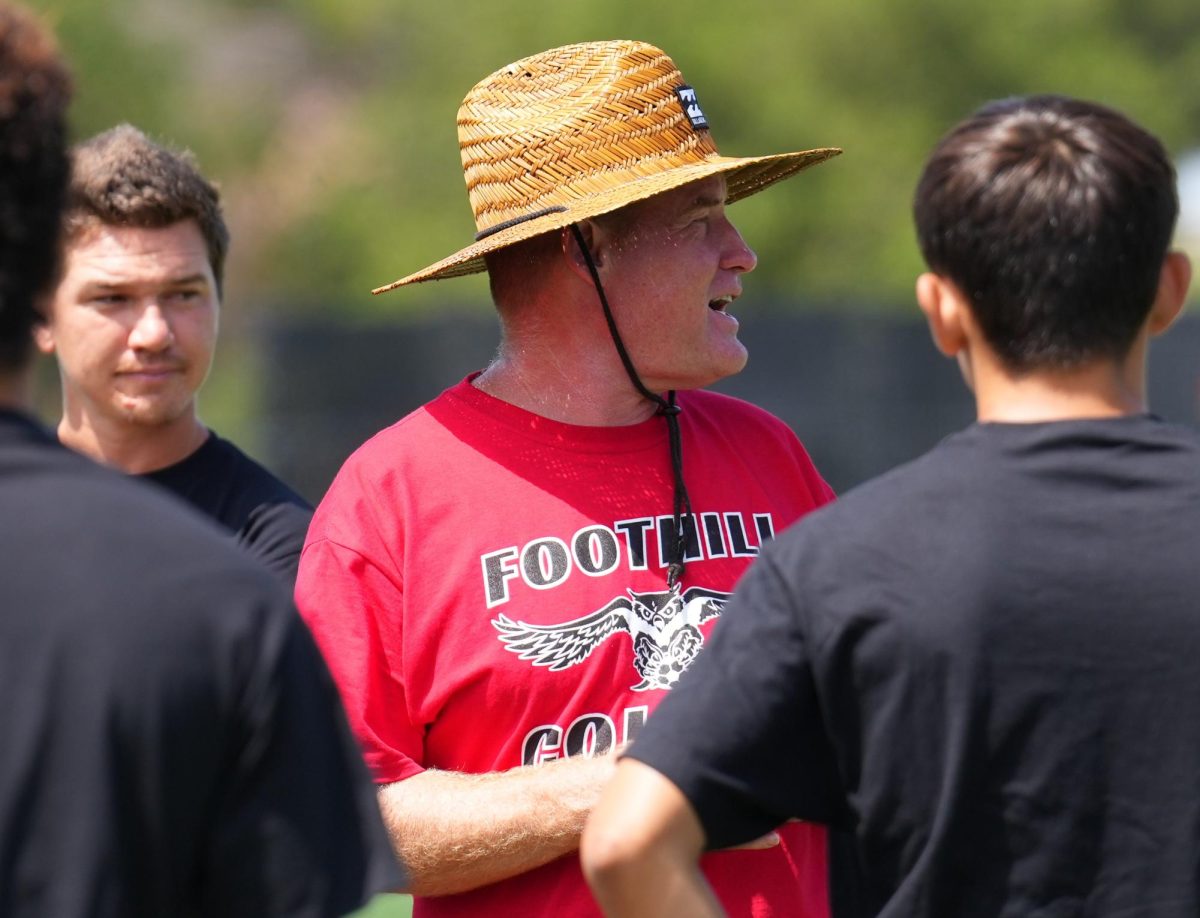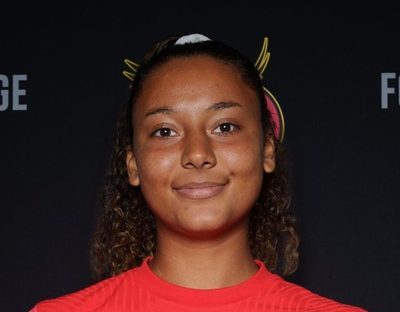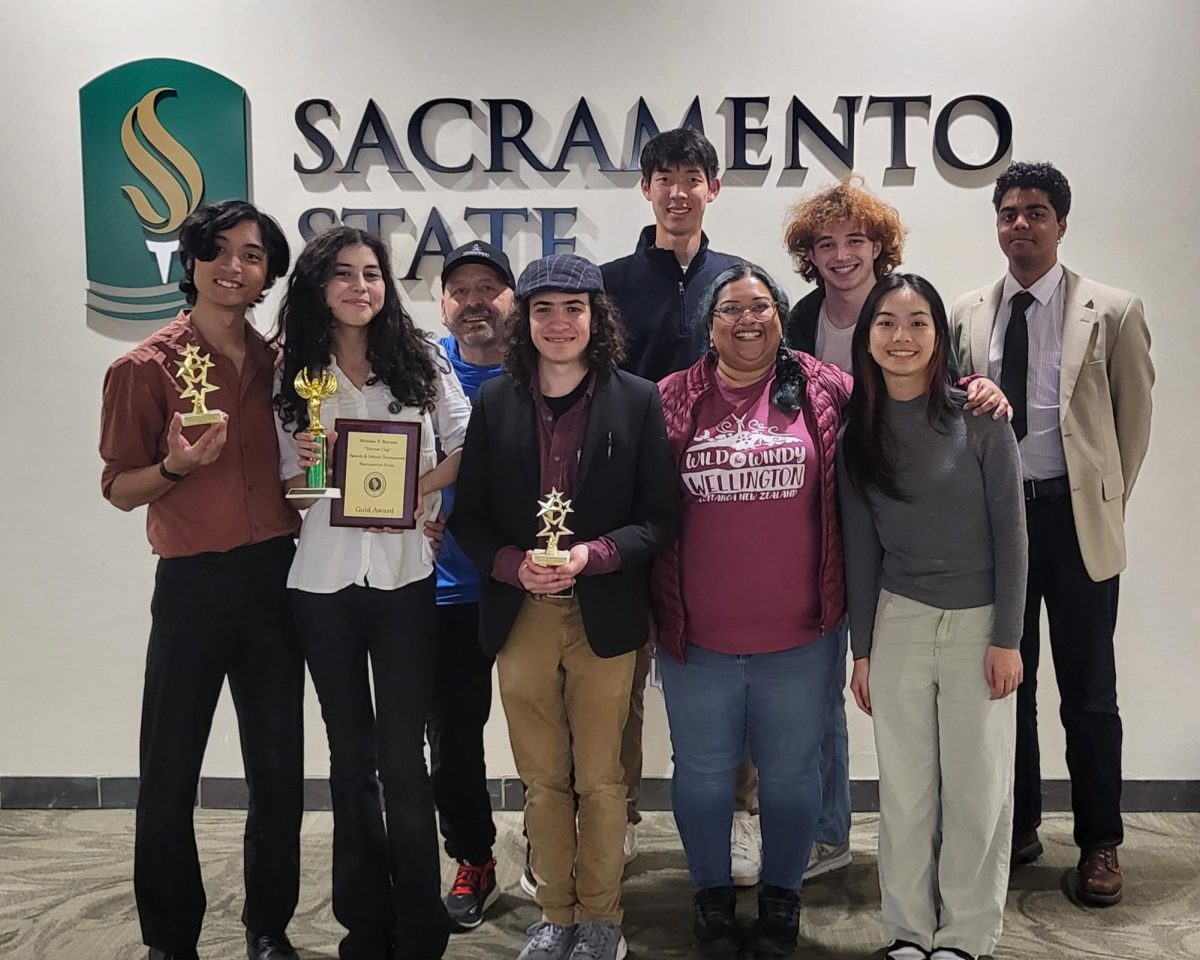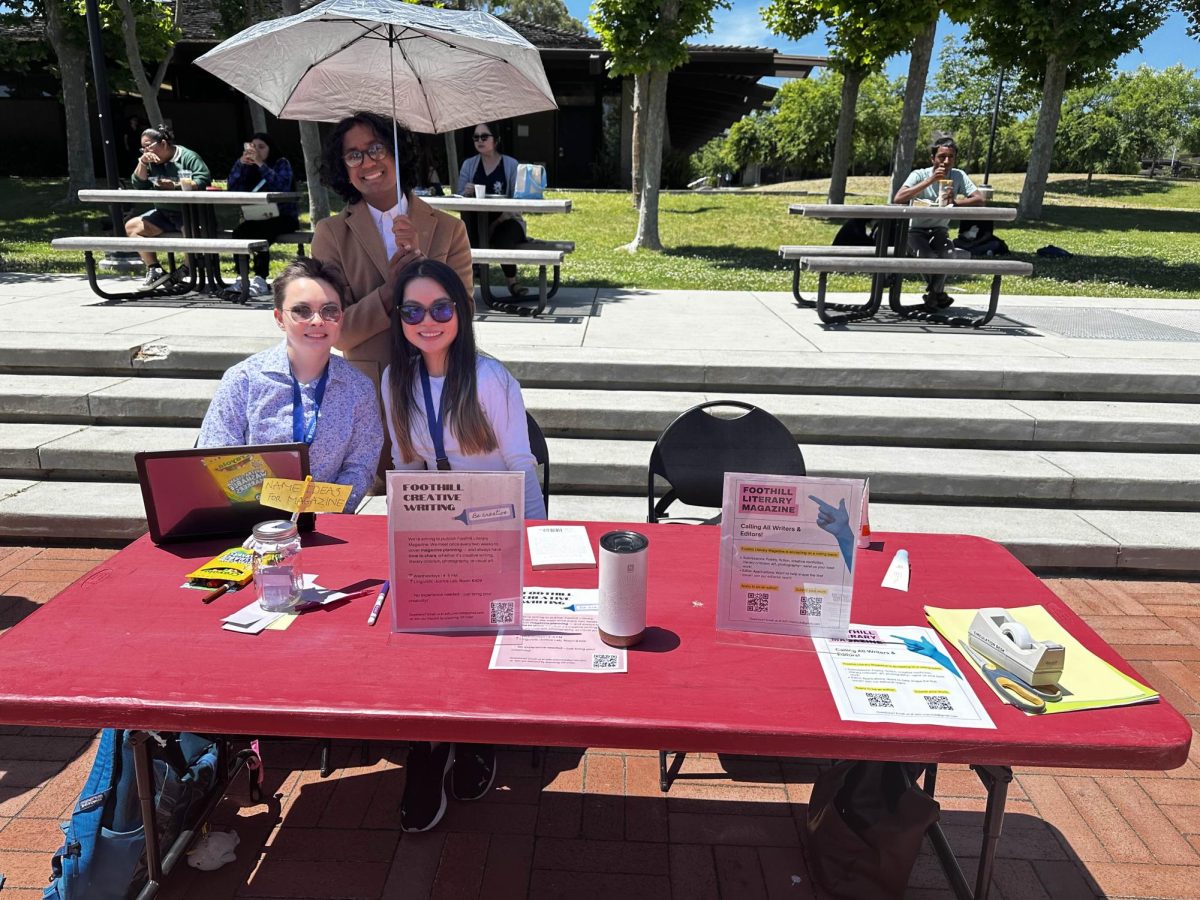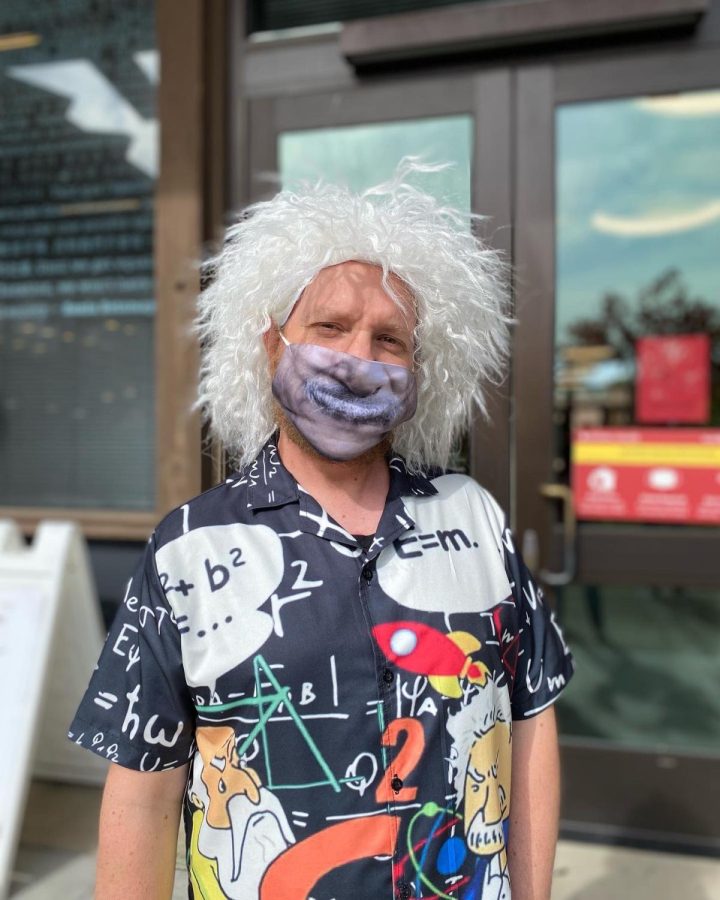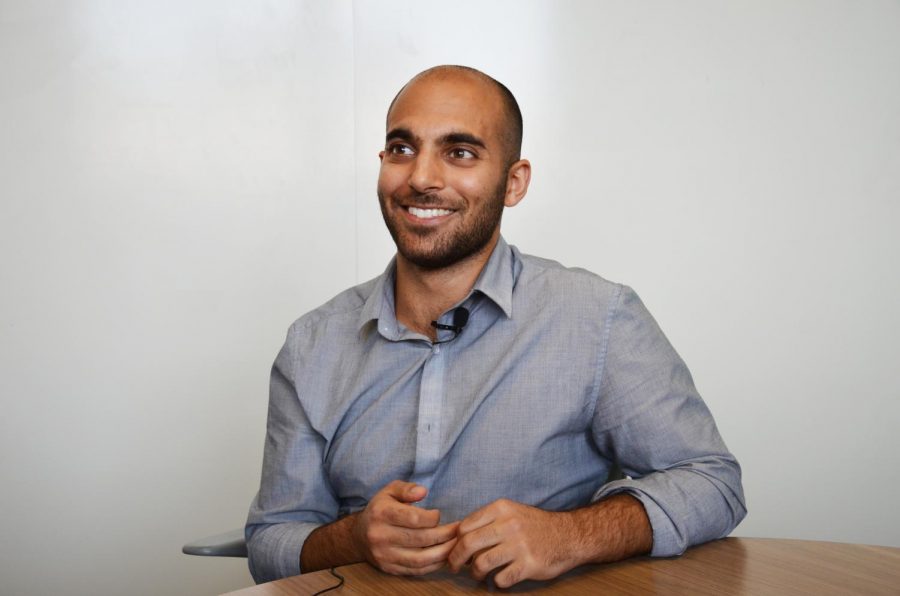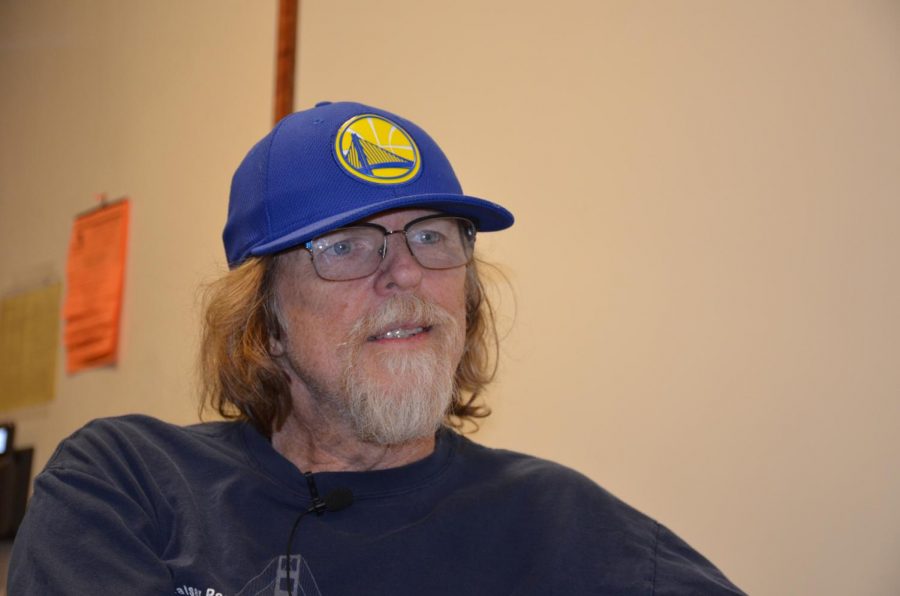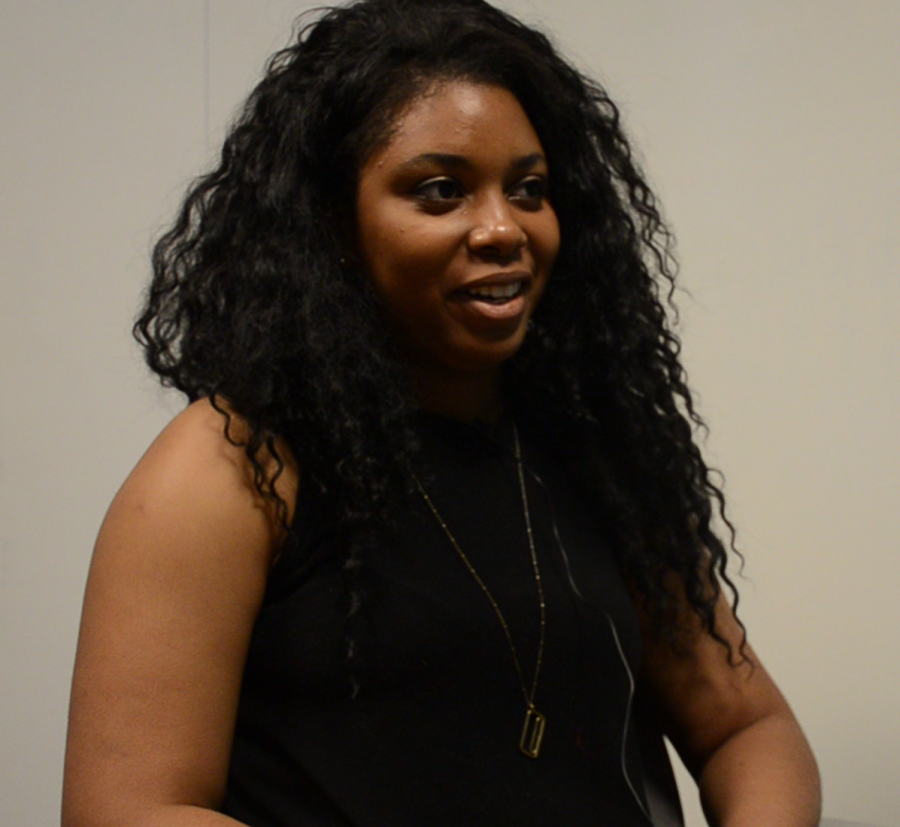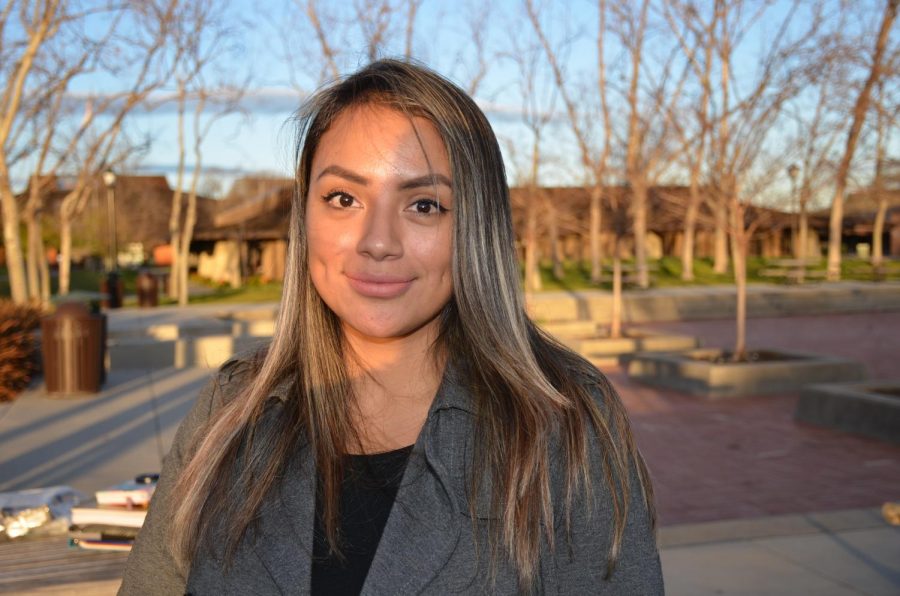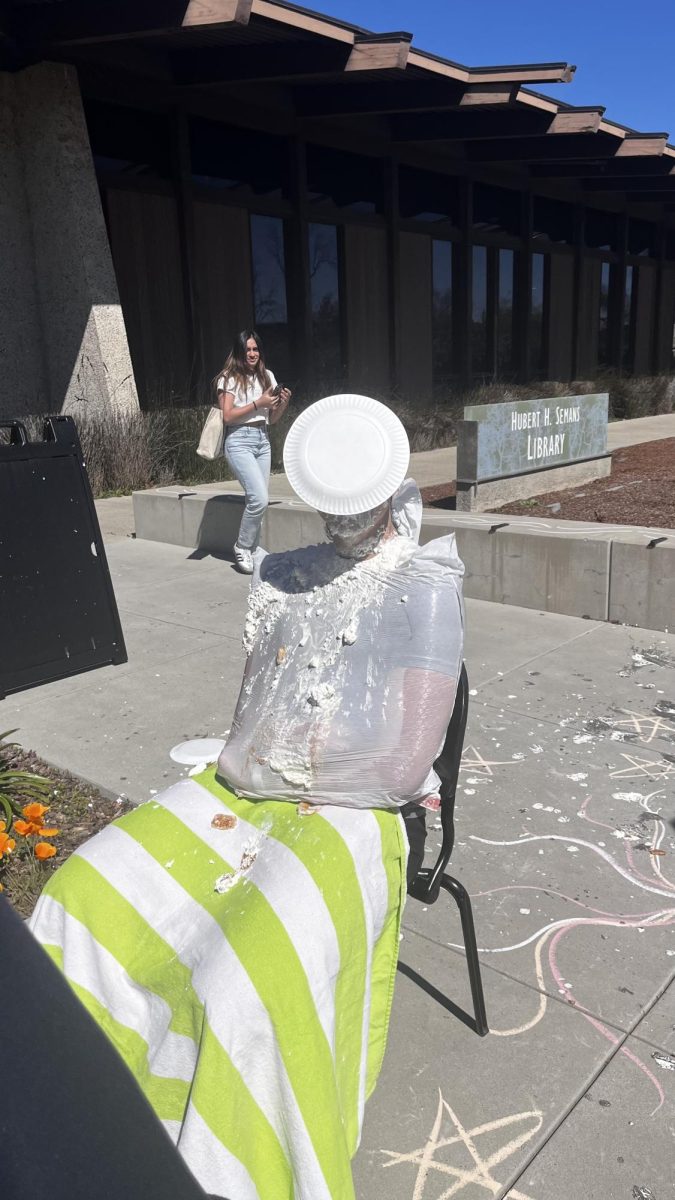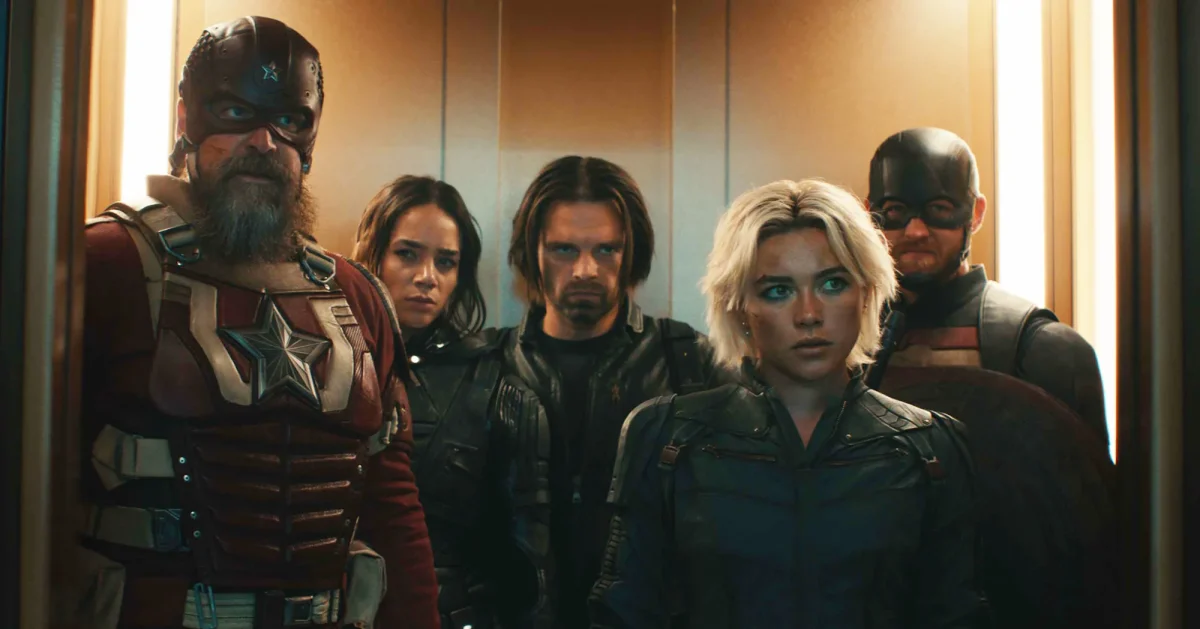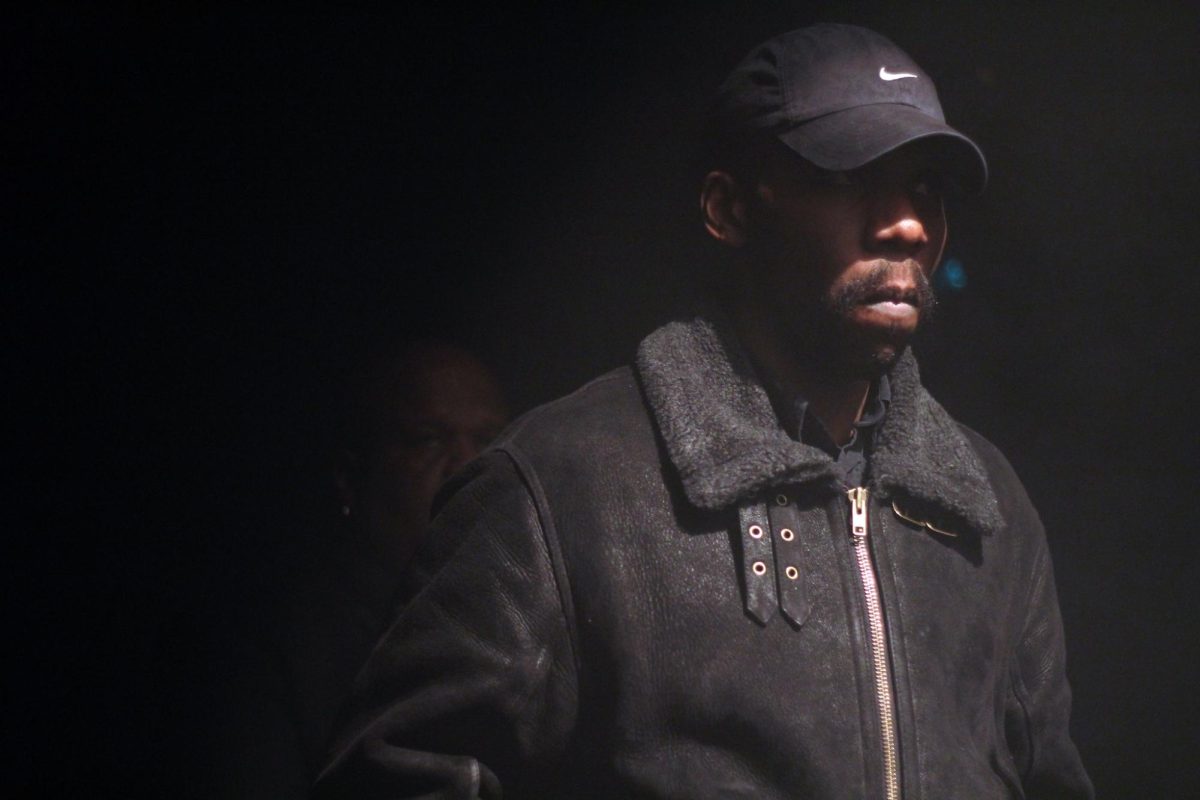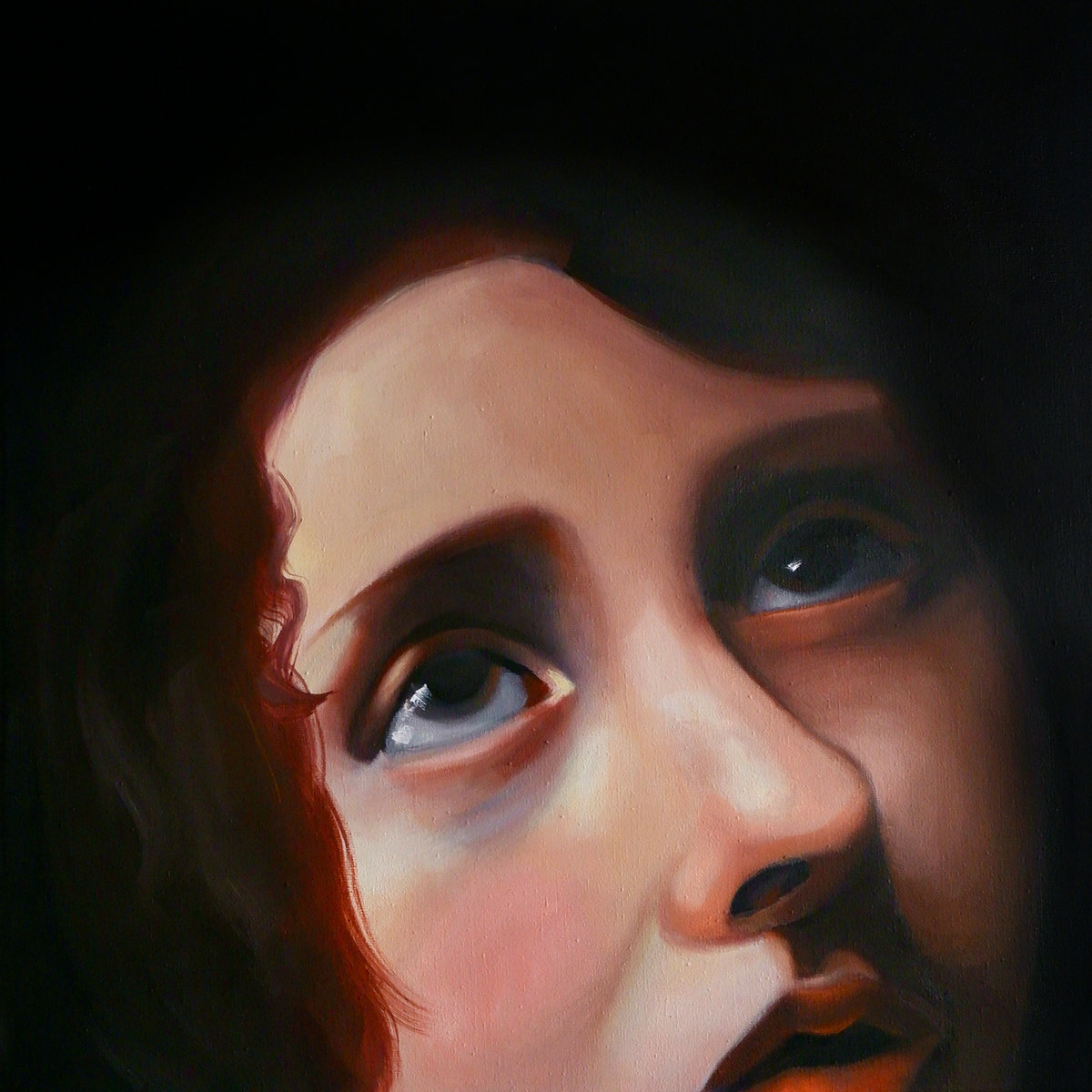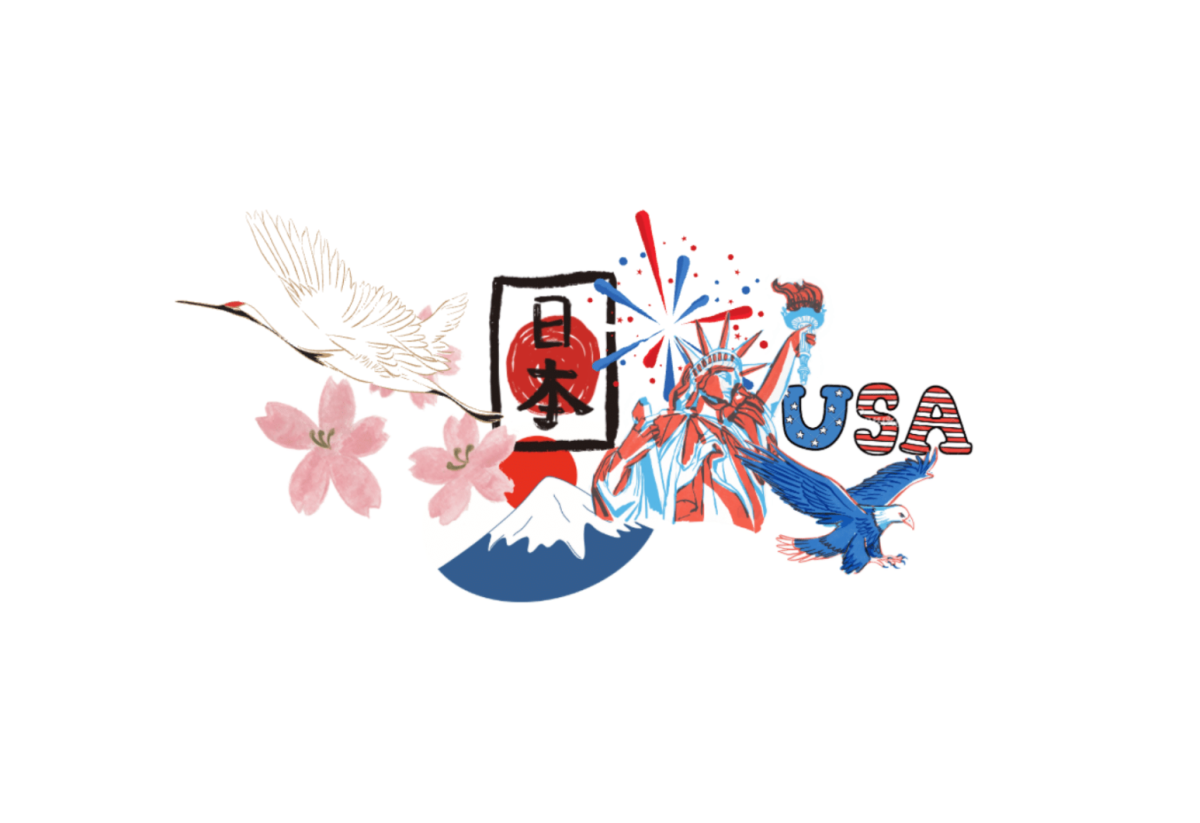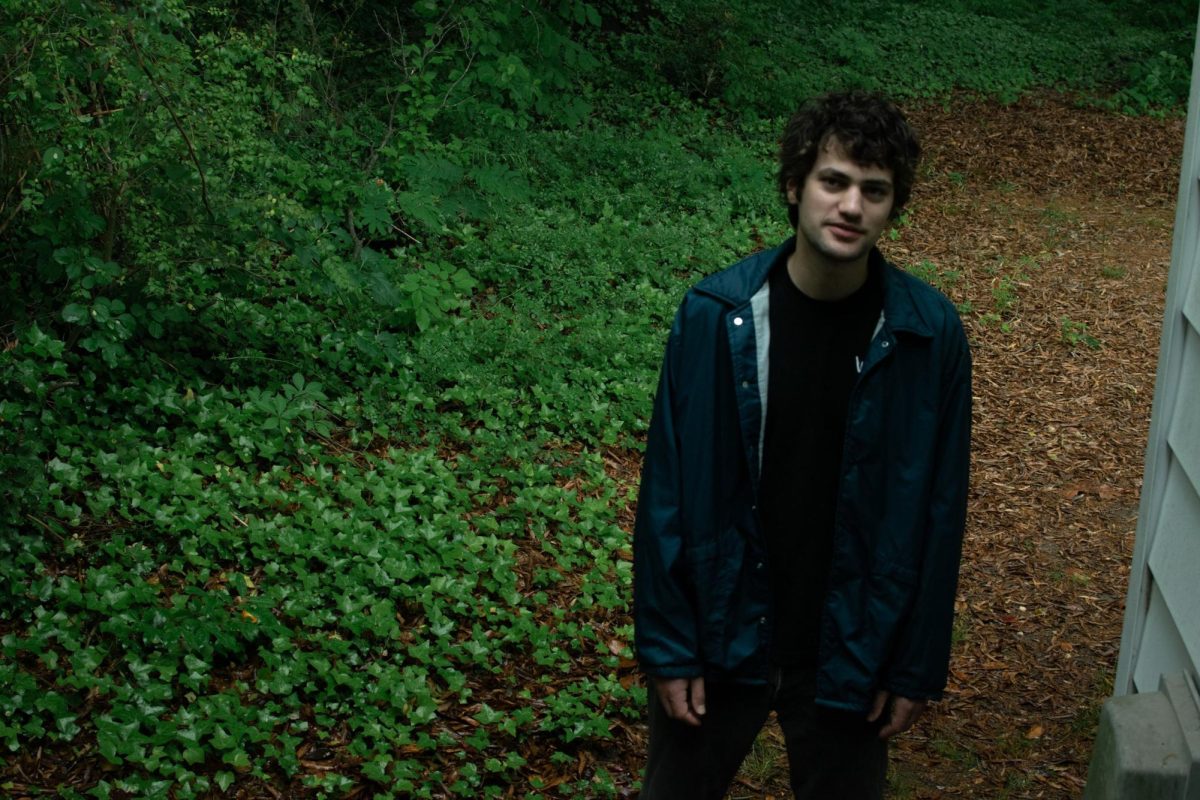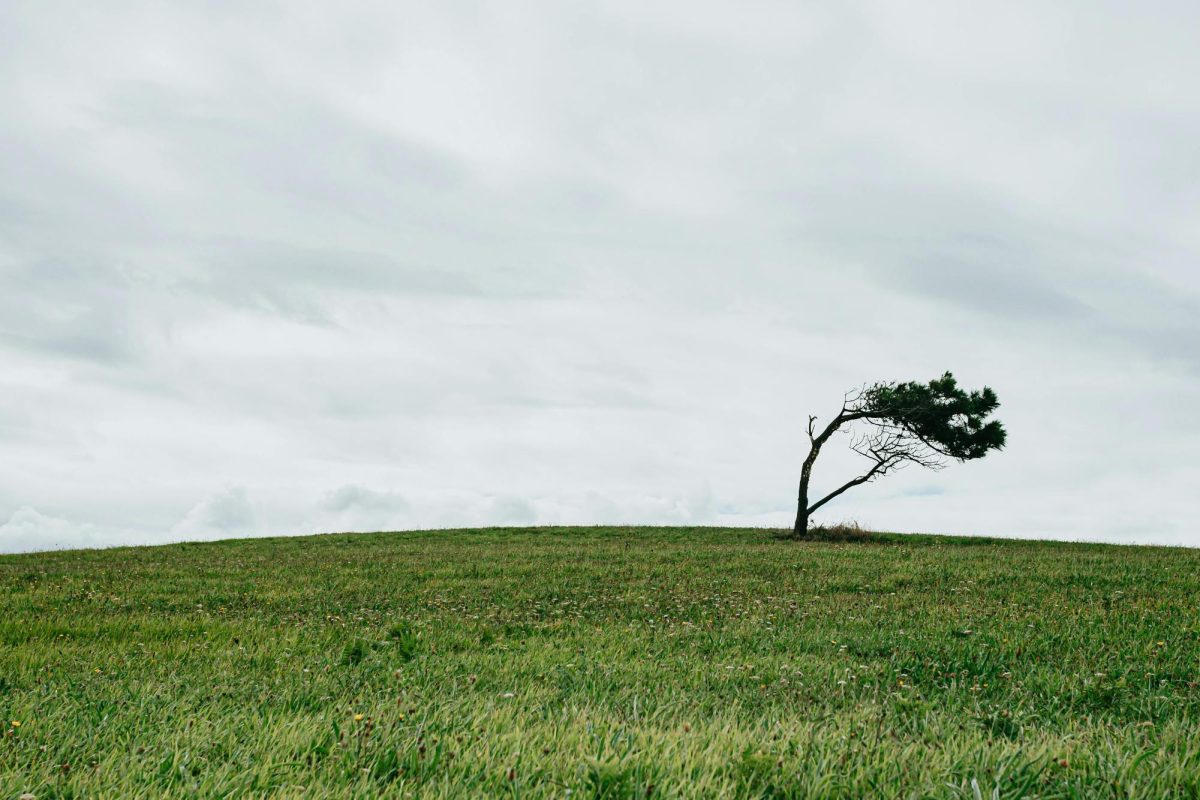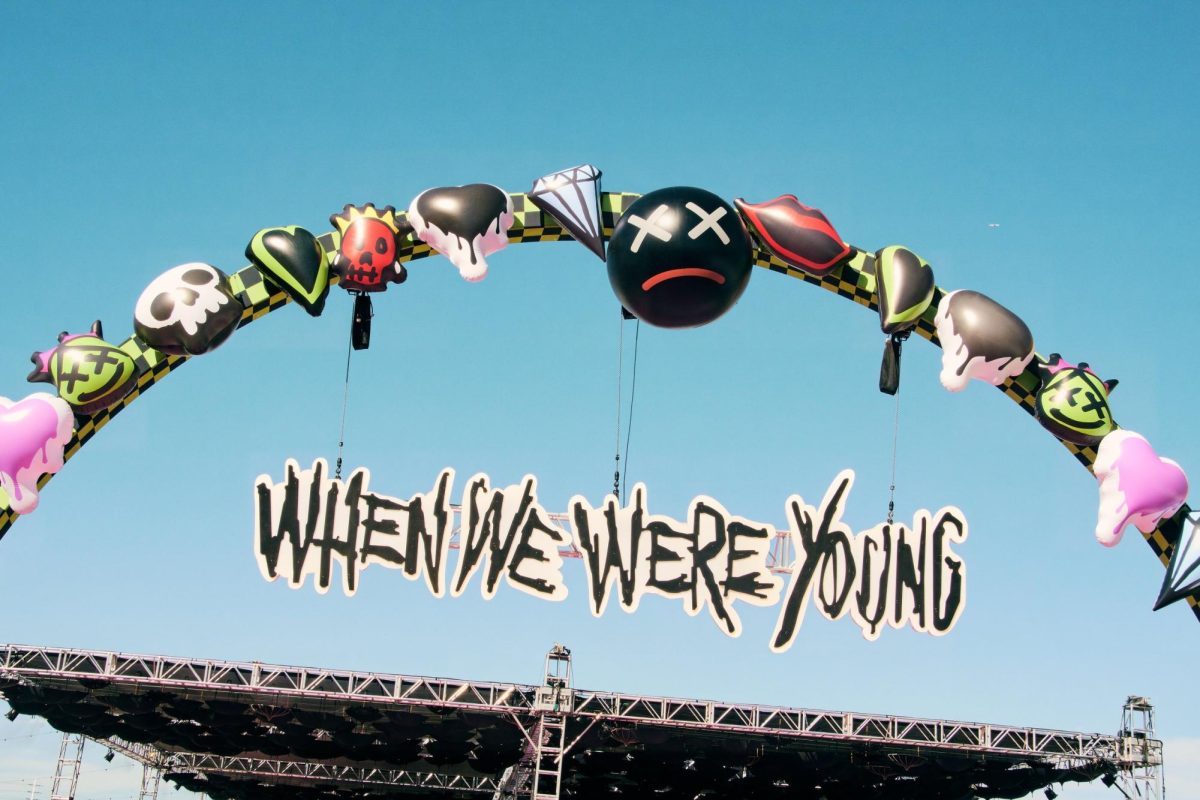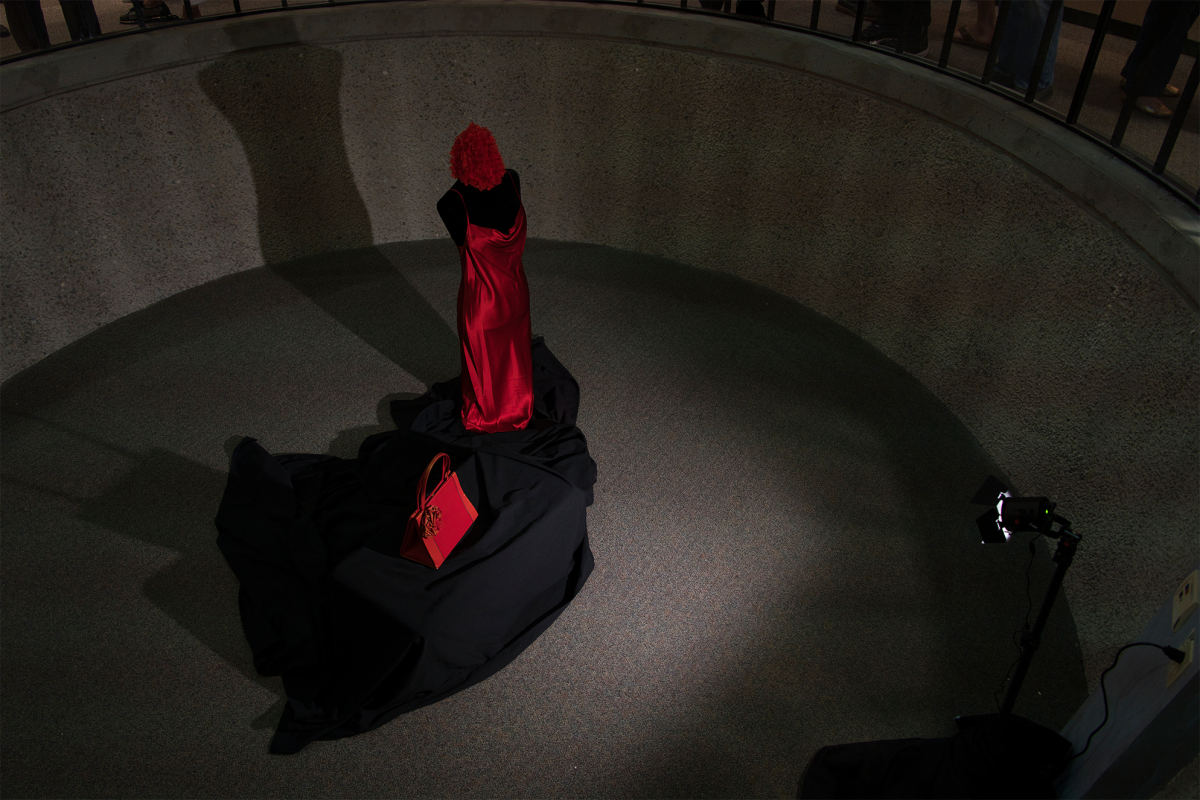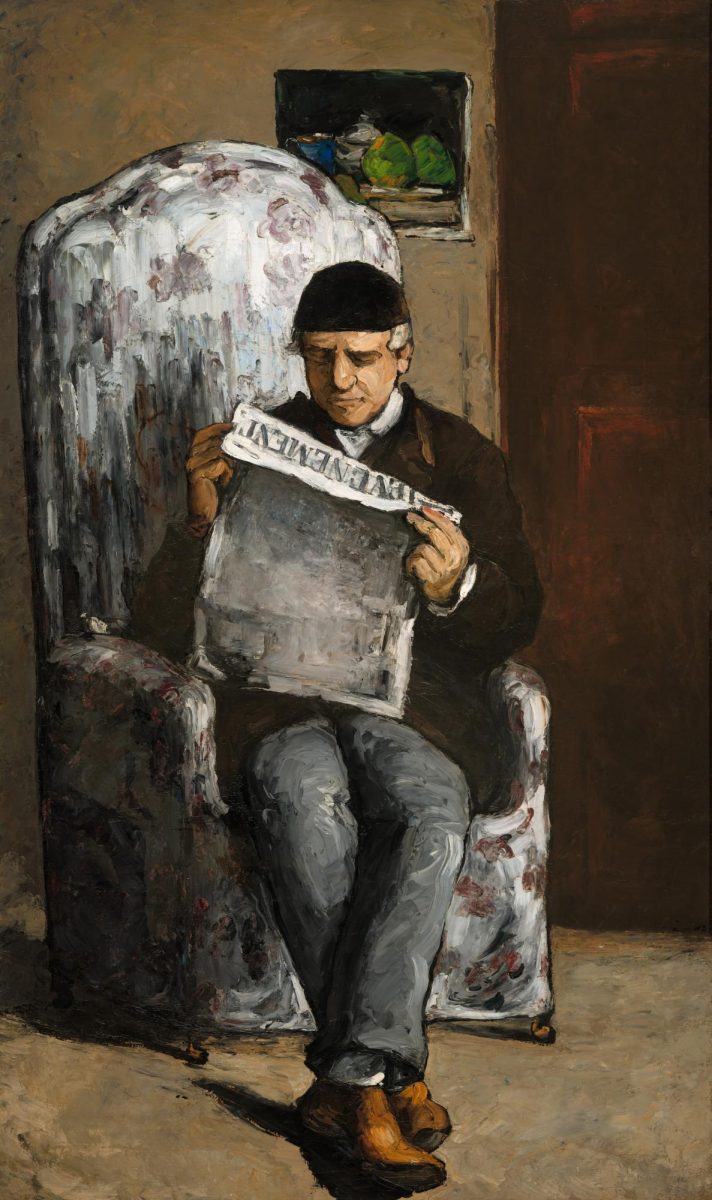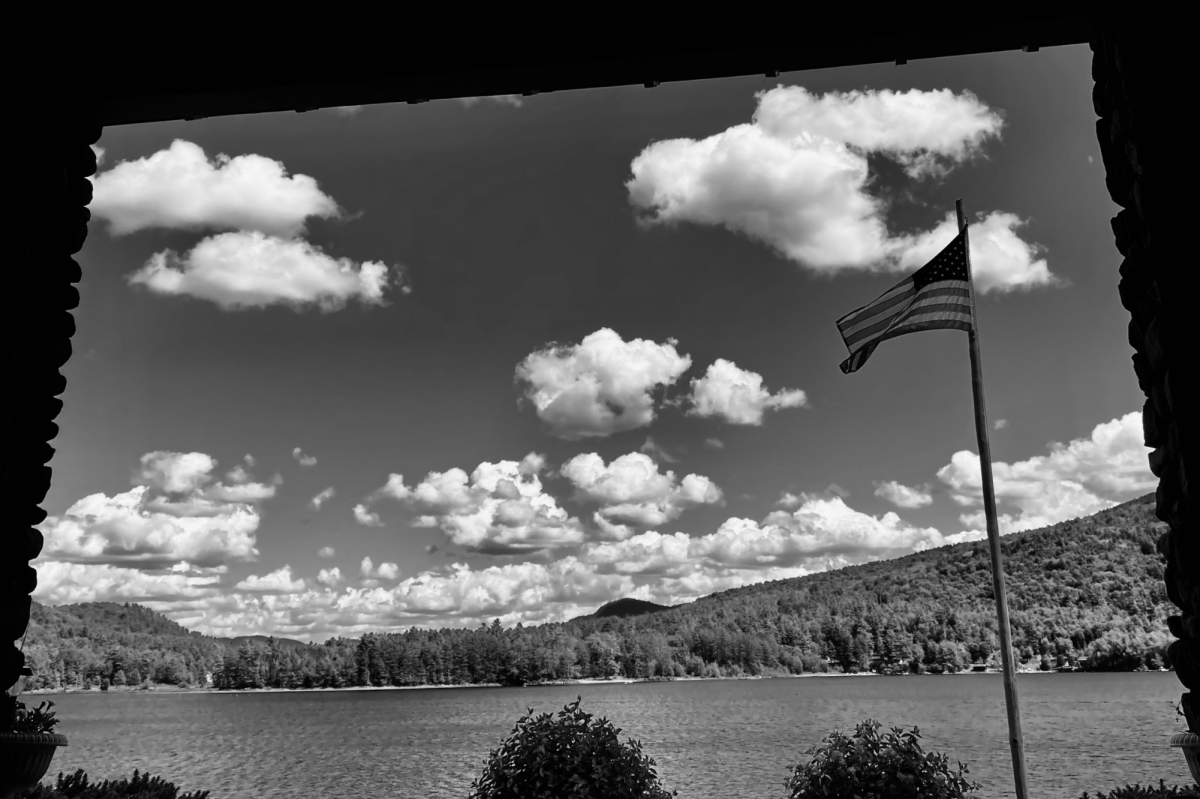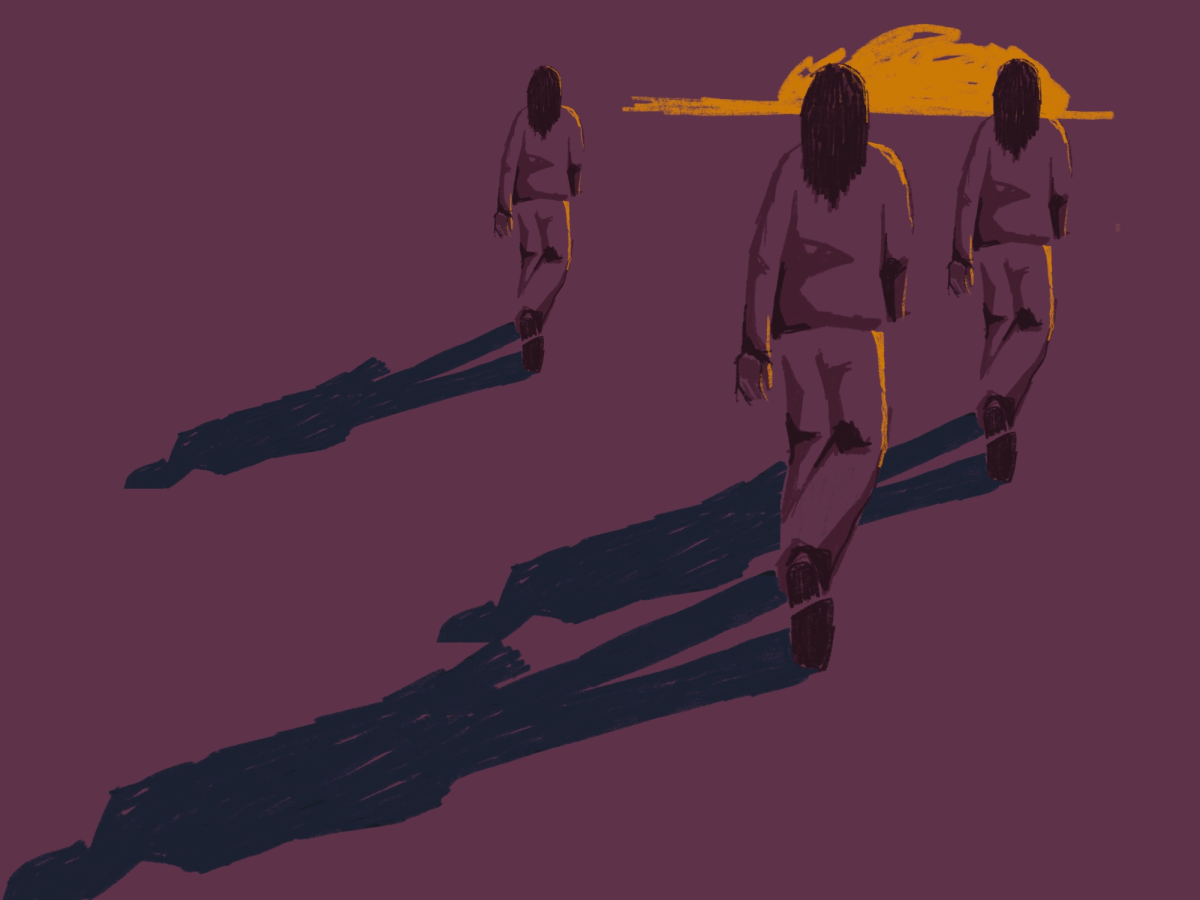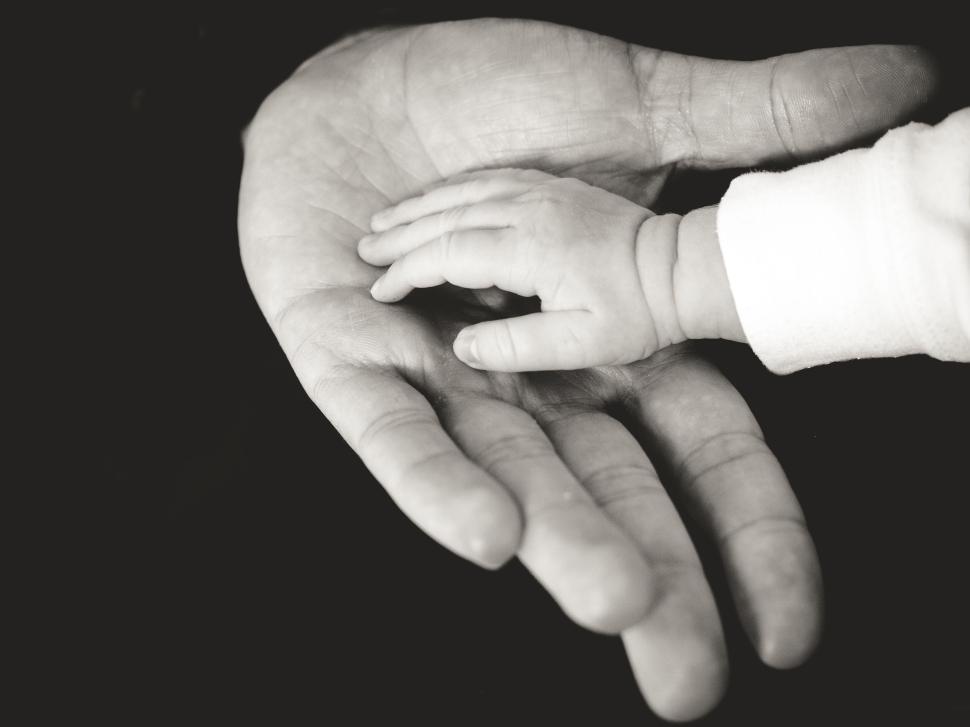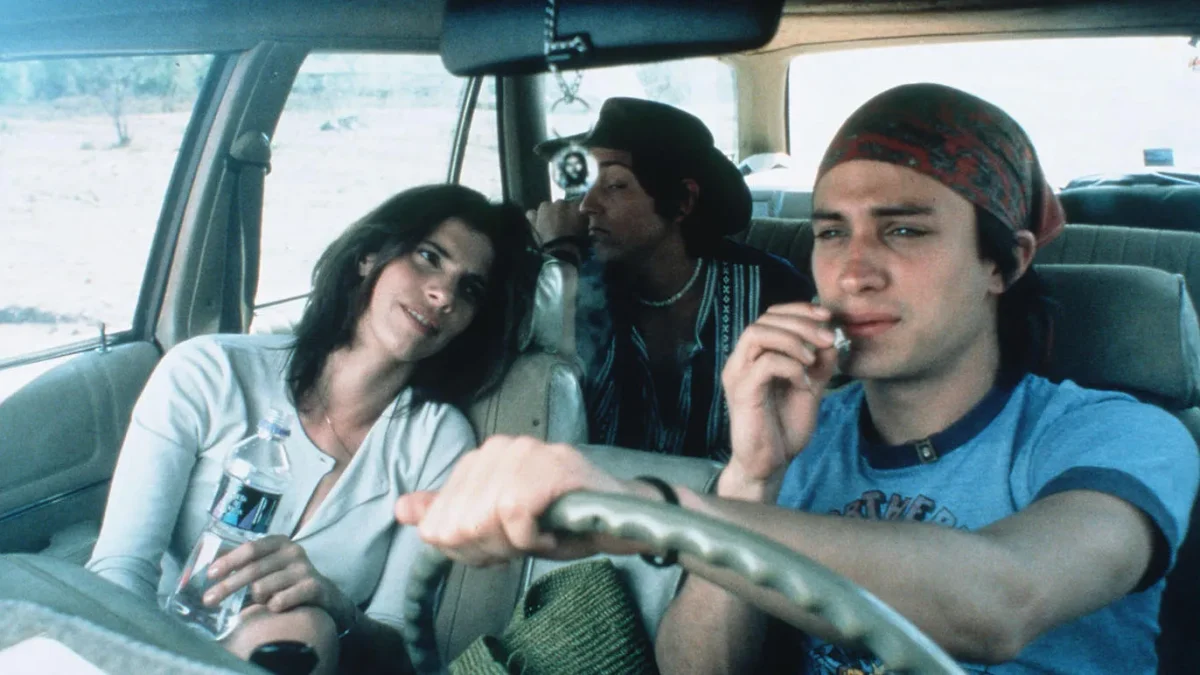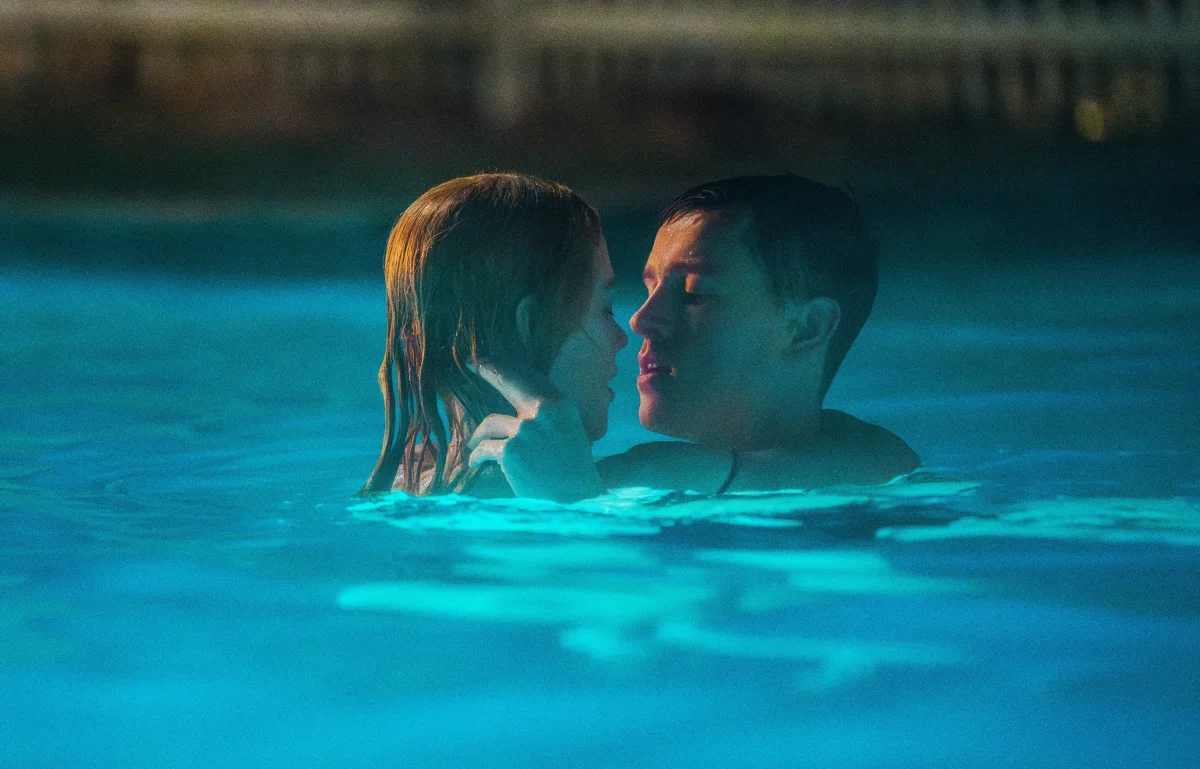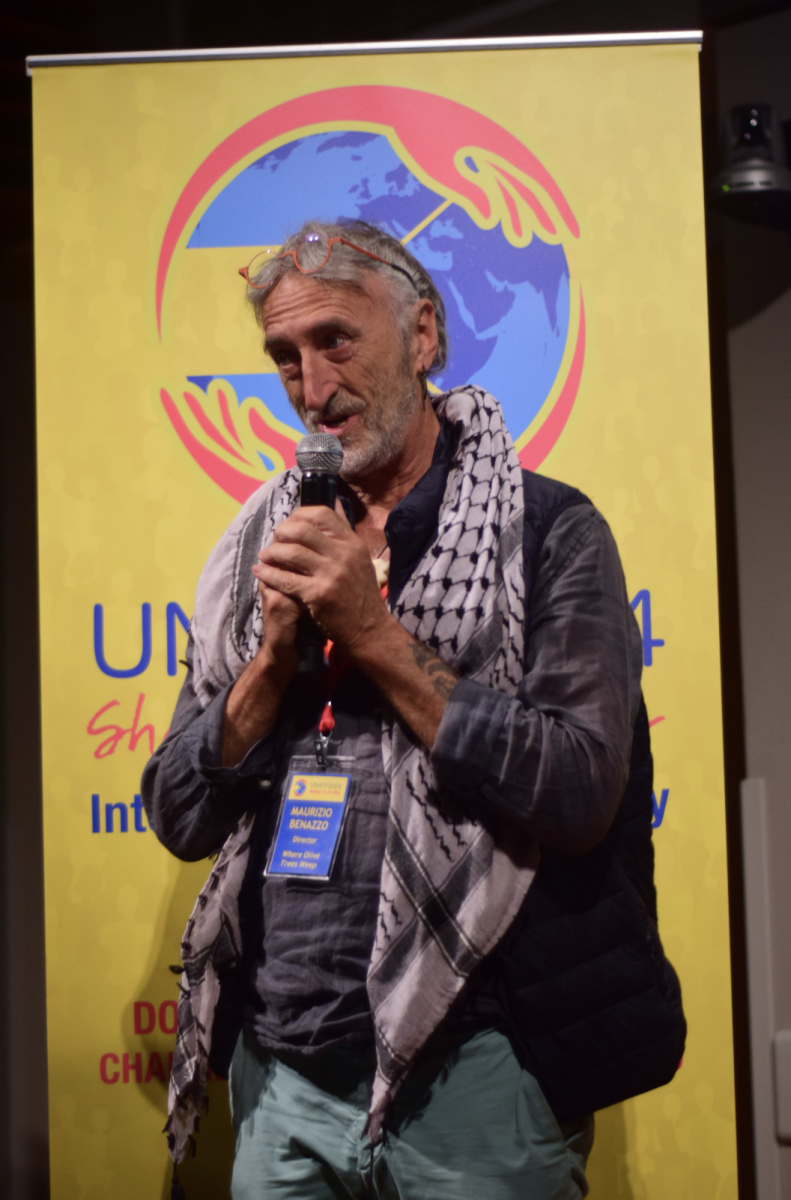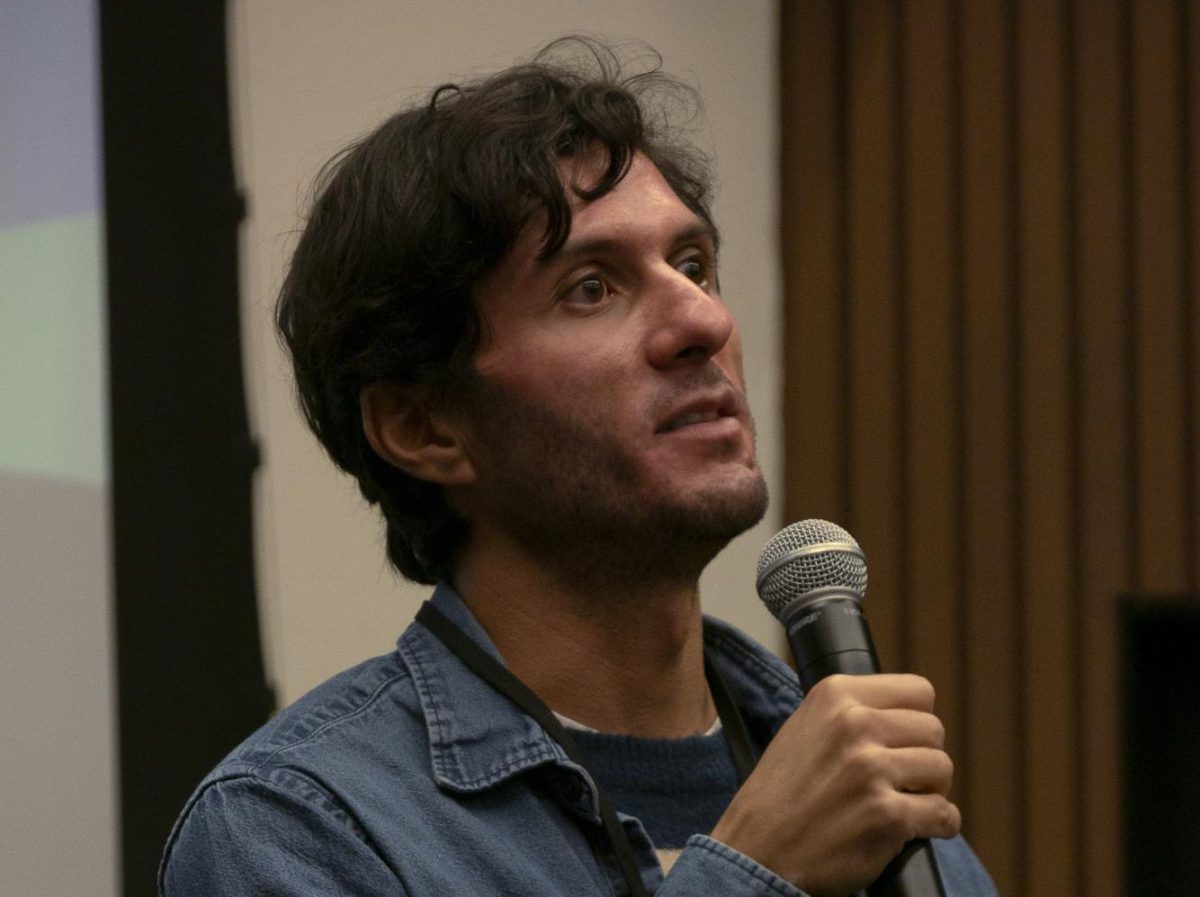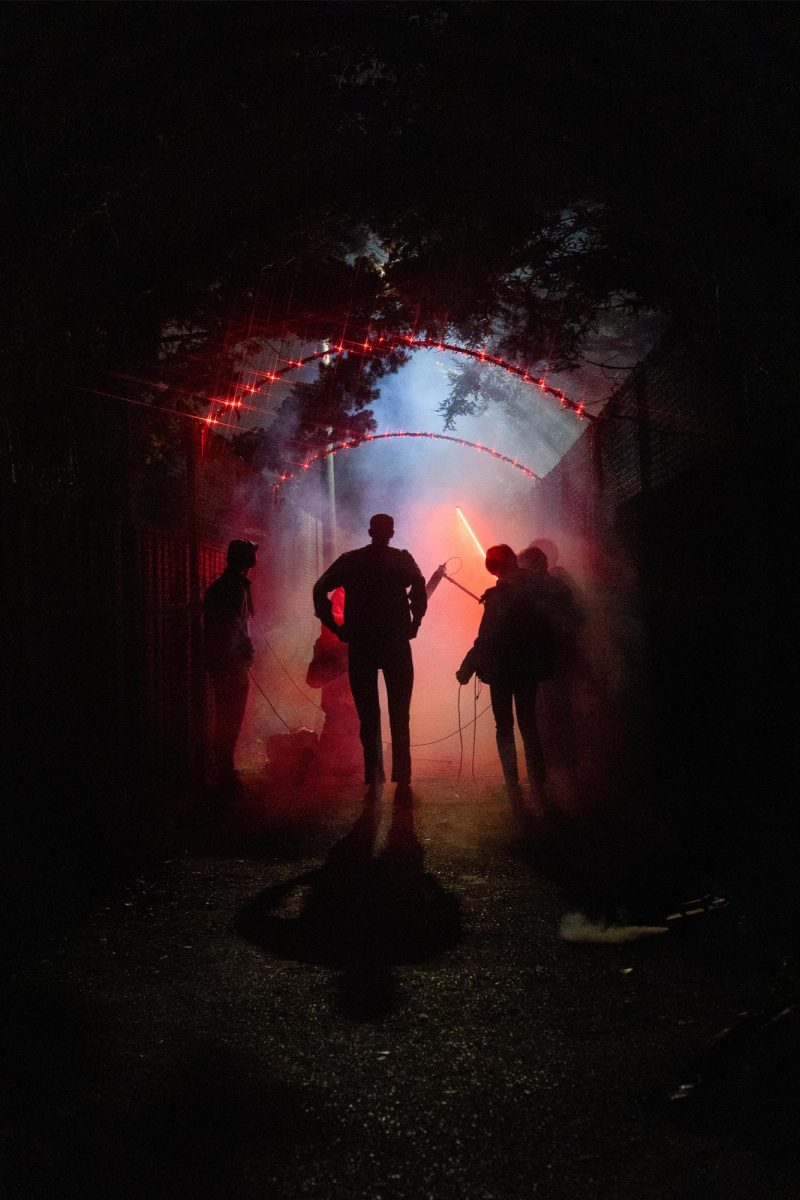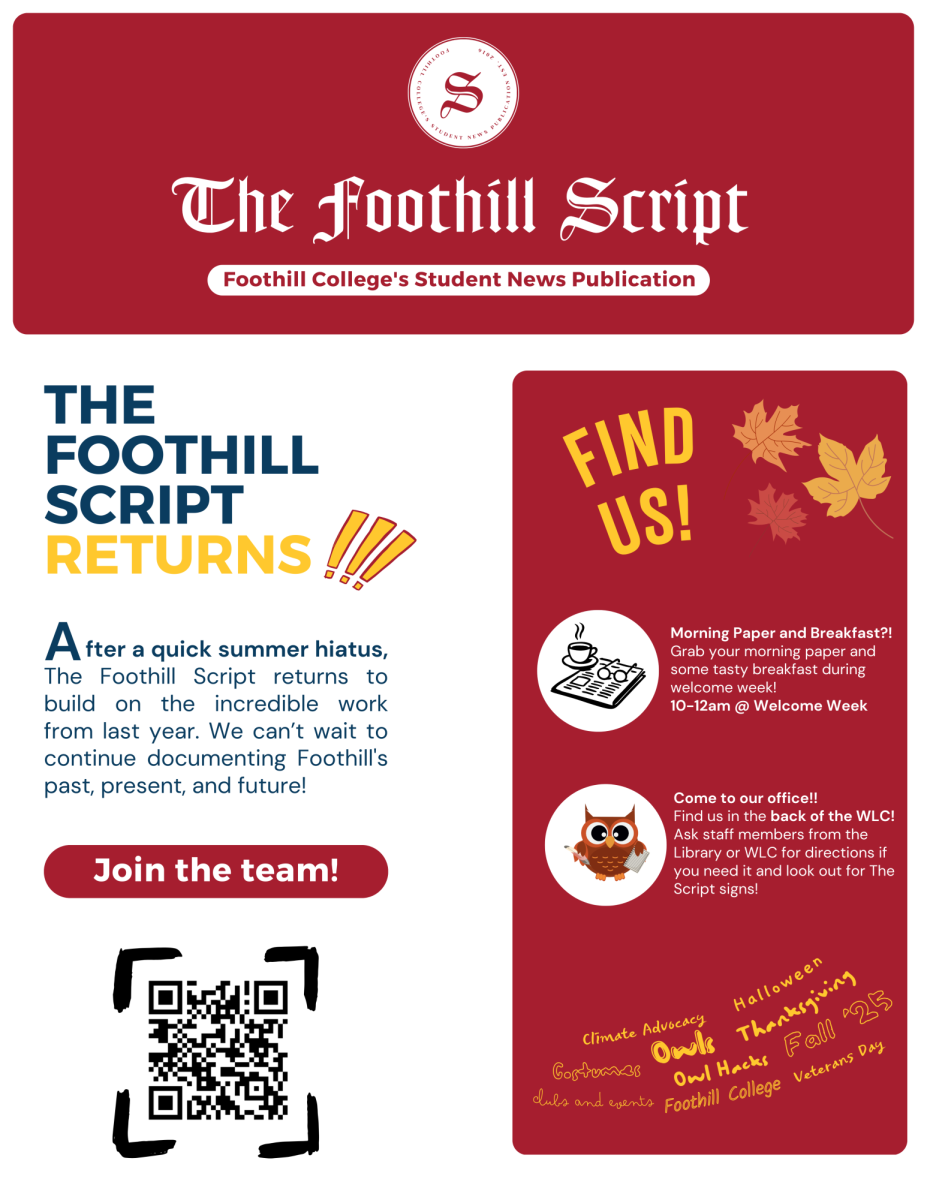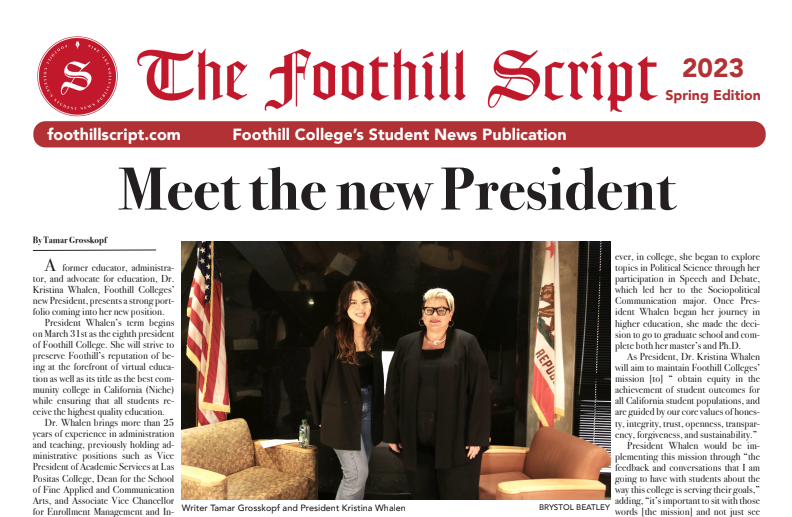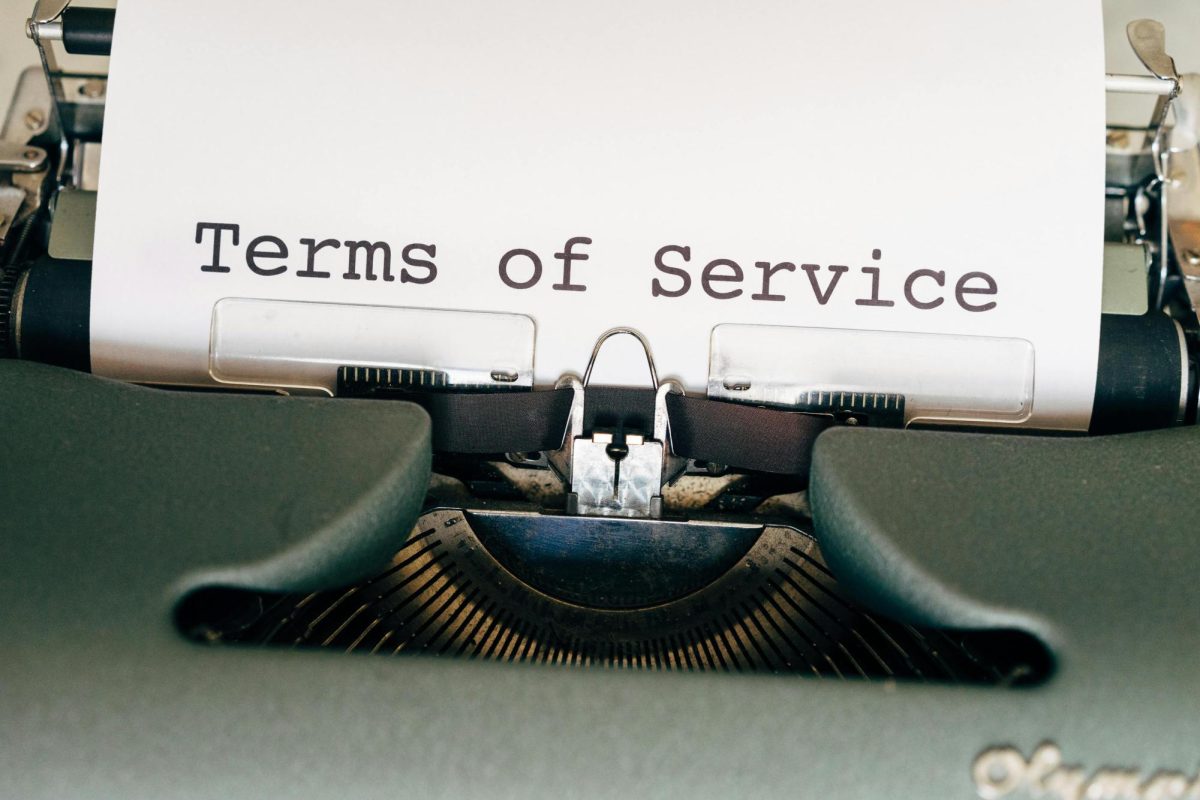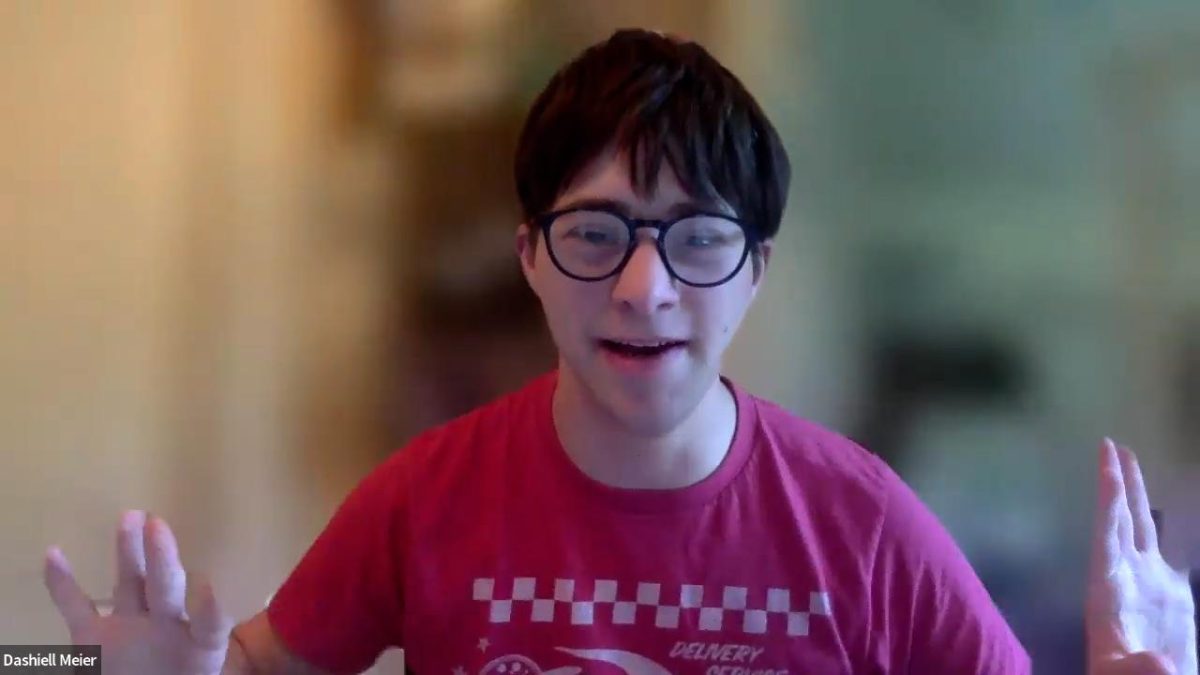The idea of pursuing a passion and turning it into a career is often a daunting thought for most people. In this day and age, the precarious job market and exorbitant amounts of inflation dissuade the younger generation from chasing a dream and doing what they love for a living. Instead, many opt for the straight and narrow pathway of attending a university and majoring in a field that doesn’t actually capture their interest. Sean Biggar, a local Bay Area musician, had to do it differently.
He’s a laid back guy, combining an air of confidence and determination with a serious talent for amiability and drawing laughter from those around him. In many ways his approach to people is the same as the way he approaches music: open, receptive, and always striving to share what he loves. His goal is consistently to create an atmosphere in which people can experience the same passion and care he has for music. I had the privilege to experience this same atmosphere during our interview.
We met in his backyard studio: a tool shed he’d converted into his own recording and production facility. From the outside it looked relatively normal and unassuming, like something you’d see a family build to house extra tools or furniture. Once inside though, we were immediately surrounded by an assortment of professional equipment which included exquisitely crafted guitars, amps of all shapes and sizes, and cords to connect it all. We were also joined by stacks of books on all things music and posters of numerous musical heroes like BB King, Willie Nelson, and Peter Green.
These posters in particular depicted Sean’s idols; artists who he could draw from when searching for that new sound and inspiration. Before they became his heroes though, Sean drew from both his father and grandfather, who were both talented bagpipe musicians in Scottish highland bagpipe bands. Growing up in Sunnyvale meant that Sean was in close proximity to a number of local bagpipe bands, including the ones that his father and grandfather had played for many years prior.
After fifteen years of playing drums in these bands, he’s had the privilege of traveling all over the country and even to different parts of the world. Just this past year, his group, the Prince Charles Pipe Band, was able to secure a victory in the grade four North American Bagpipe Championships (grade four meaning a youth band that’s working to make it to grade one).
“Being a mentor and player, it was extremely gratifying to and inspiring watching the youth band grow from young players to a potentially world class group,” Sean recollected with a smile.
After playing drums in the bagpipe band for over a decade, he transitioned over to an American drum set style. One of his longtime neighbors, a former Foothill student by the name of Thomas Swail, was already an excellent guitar player and engineer, so in high school Sean began bringing over all his equipment to Thomas’ garage. At first, he began making MPC-based hip hop beats for his friends on school lunch breaks.
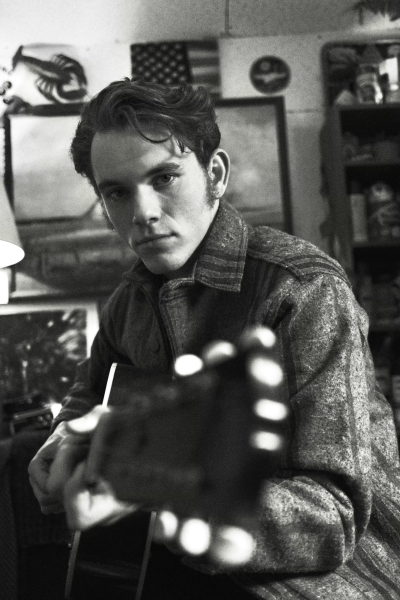
Soon enough though, along with the help of Thomas, Sean taught himself how to play guitar. Together they then learned how to record their music, working everyday to hone their skills and improve anywhere they could. Eventually, both musicians were able to play at our very own Foothill Studio (room 6200). Remarkably, their skill and notoriety did not stop at the Foothill sessions though. In due course, their relentless effort and unshakeable determination allowed them to obtain scholarships from the College of Contemporary Music in Los Angeles. The boys had made it to Hollywood.
For Sean, the opportunity to go to school for what he loved was critical for the development of his talent and passion. As is the case with any skill, much of the work a musician has to do is learn from and immerse themselves in the discography of the greats. Anything from tiny note inflections and delicate vibrato patterns to instrumentation choices and warmup routines can be inculcated through meticulous observation and studying. Sean’s process is no different.
“I’ve spent a lot of time studying that music; I have a big stack of books here that I’m constantly filing through. Everybody from Roger Miller, to Johnny Cash, to John Prine has influenced me” he noted with obvious enthusiasm.
Unfortunately, after only a year of studying, COVID-19 put a major damper on his plans to continue with school. However, in no way did the pandemic have deleterious effects on his drive to learn and play. He immediately surrounded himself with bluegrass tunes and classic American music history. Moreover, he was fortunate enough to begin Zoom sessions with a mentor by the name of Pat Lyons, a local musician who was willing to instruct Sean in the stylings of Norman Blake and other bluegrass legends.
Interestingly enough, the social distancing was what kick-started Sean’s breakout onto the solo scene. Beforehand he had recorded drums for other artists and played for groups like the Magic Blues Band, but now he could truly perfect his voice and come into his own style. What resulted was a newfound love and talent for both folk music and bluegrass. His goal: to bring back music that could juxtapose the hustle and bustle of Silicon Valley living. He wanted to help people slow down and see that there is still clean, unedited, authentic music.
“That’s one of my favorite things in folk music…I’m trying to resurrect some of these tunes that have fallen to the wayside; that aren’t number one hits.”
Armed with his newfound, yet adept skill in bluegrass, Sean started recording records, writing music, expanding his social media presence, and playing shows. He started local, focusing his attention on Palo Alto and San Jose, before eventually making it to places all across California and Oregon. Since then, it’s been only growth and improvement. He sees his shows as a way to tug on the heartstrings of all his listeners, no matter what music they prefer or their familiarity with his artistic style. Moreover, there is never a divide between him and those watching. It’s always a conversation using the universal language that we all speak.
“I try to make it as personal a show as I can. There’s no smoke and mirrors, there’s no light show or anything. It’s just me and a guitar telling stories,” he explained.
At the end of the day, it is Sean’s love of this universal language that has allowed him to speak to the hearts of the thousands who’ve watched and listened to him. His hope is to continue to “resurrect” a style of music that has roots woven into the very fabric of our nation’s rich artistic history, while also inspiring those who may be hesitant to deviate from the straight and narrow.
When I asked him what he would say to any artist trying to pursue music, he thought for a moment, smiled, and said, “Do it because you love it. Don’t do it because you’re trying to make money. That’s the best motivation you’ll find. That’s what I like to call being a hybrid engine. Even the losses doing what you love will power you.”


